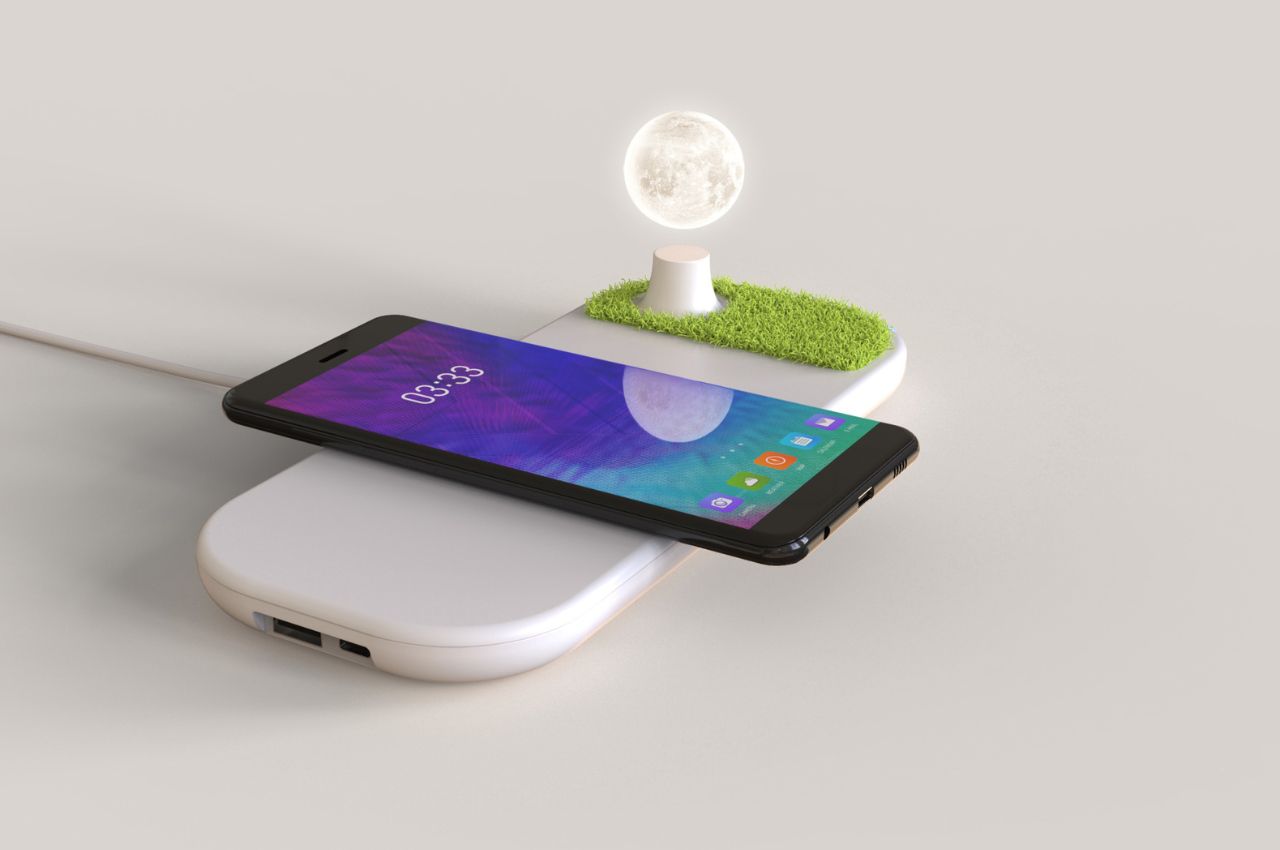
In today’s fast-paced urban lifestyle, our homes and offices often lack the connection to nature that our ancestors once enjoyed. As our cities expand and green spaces diminish, we find ourselves yearning for a breath of fresh air and a touch of tranquility. Fortunately, a revolutionary product is here to transform your indoor environment and infuse it with the essence of a moonlit garden. Meet the ingenious creation that combines an air purifier, mood light, and wireless charger, designed with the inspiration of nature: the Mini Moonlit Desk Garden.
Designer: Seunghyuk Shin
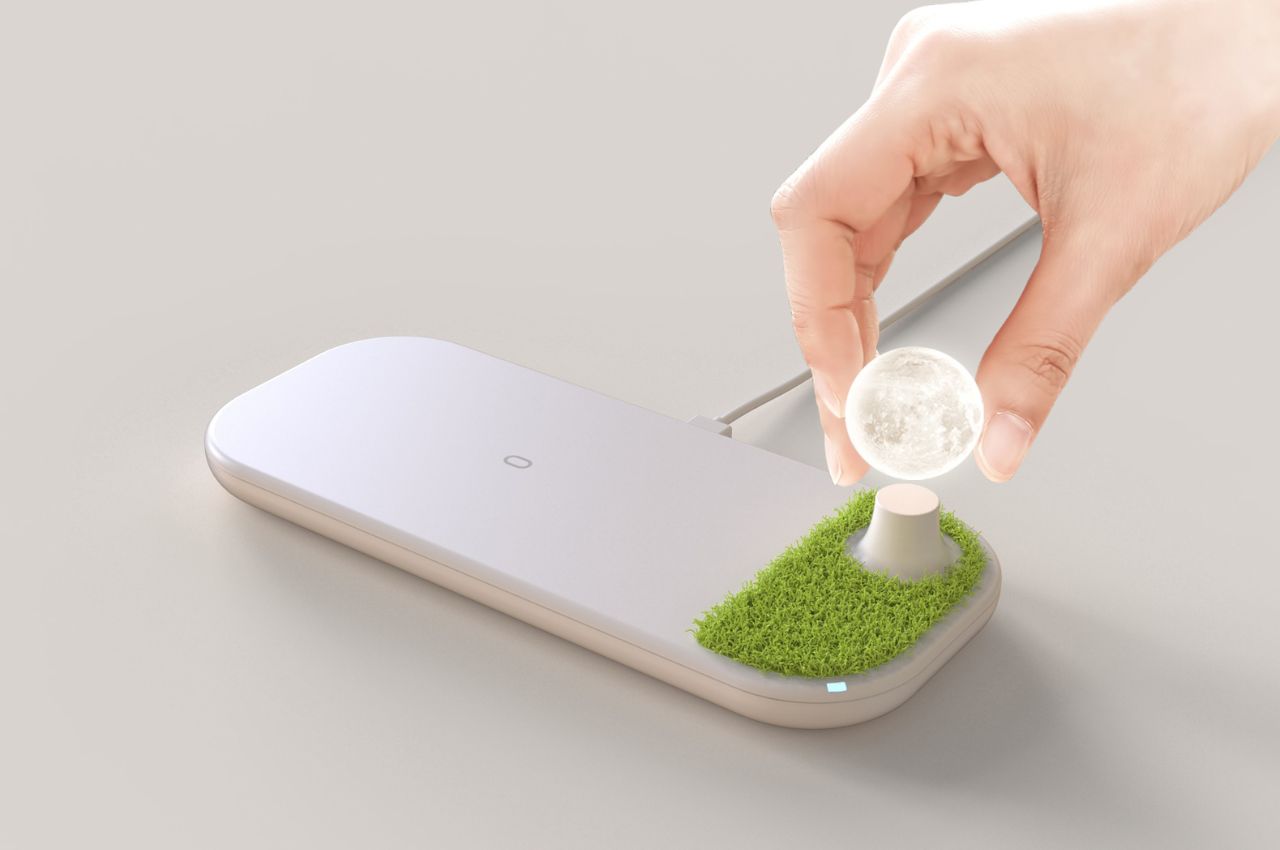
Imagine having a miniature moonlit garden right on your desk. The mini desk garden does just that by encapsulating the serene beauty of the moon and forest in a single device. This innovative product is not just a functional accessory but a work of art that enhances your living or workspace.
One of the standout features of this extraordinary product is the magnetic levitation mood light in the depiction of the moon rising over a mountain. This enchanting element adds a touch of magic to your surroundings. As you place the mood lamp on the device, it levitates mid-air, lighting up like a mystical moonrise. The mini desk garden captivates your senses, creating an ambiance that mimics the calming effect of the moon gracing the night sky.
Embedded within this masterpiece is Scandia Moss, a natural moss material reminiscent of a lush forest. This moss is not just for aesthetics; it boasts many functions that transform your indoor space. Scandia Moss serves as a natural air purifier, regulating humidity, removing toxic substances, and neutralizing unpleasant odors. It brings the fresh, invigorating scent of the forest into your personal sanctuary, turning your desk into a haven of tranquility.
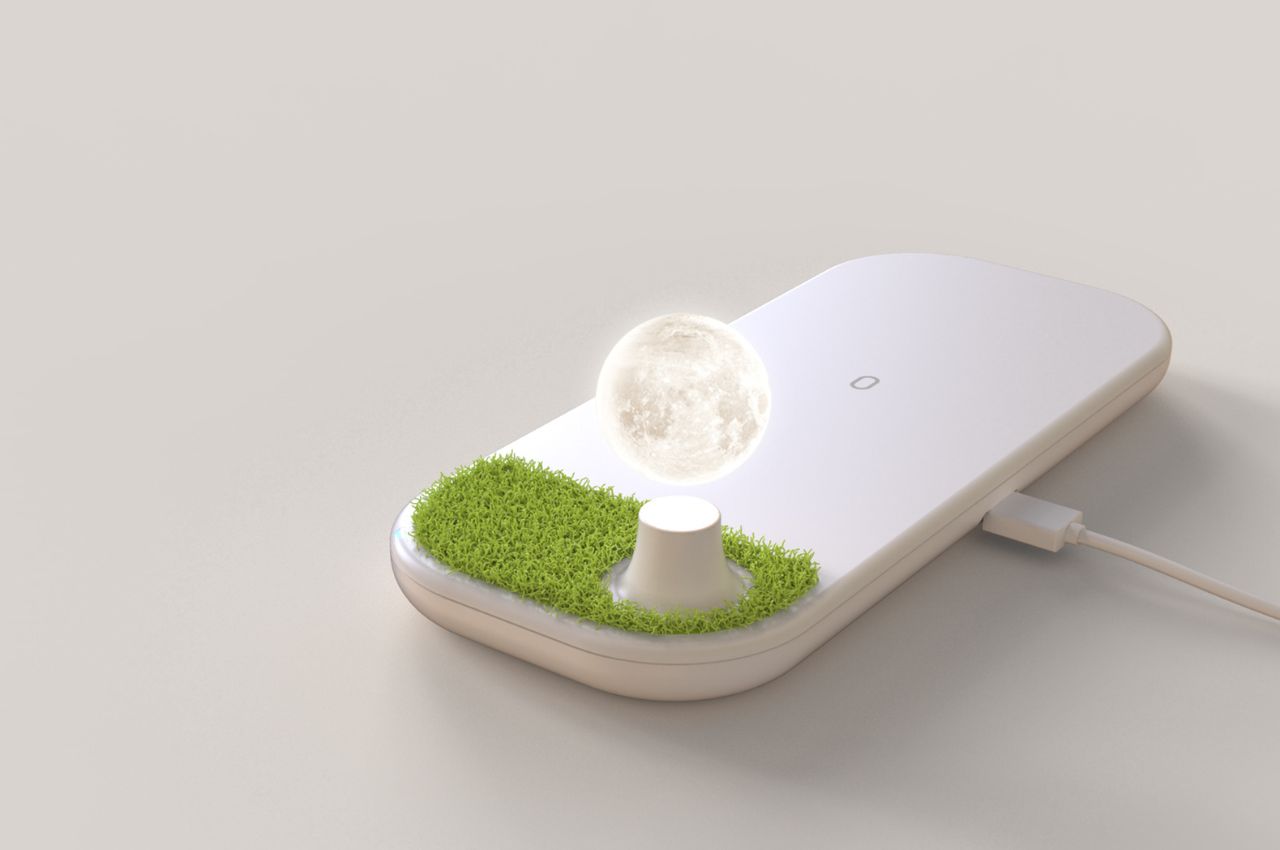
The moonlit garden desk companion isn’t just a product; it’s a lifestyle choice. It introduces a novel approach to indoor-outdoor living, allowing you to reconnect with nature even within the confines of your urban dwelling. In today’s world, where hot and humid climates often limit the joy of outdoor living, this product bridges the gap between indoors and outdoors. It provides a slice of the natural world in the heart of the city, transforming your environment into a refreshing oasis.
For those residing in cities with sweltering, muggy climates that restrict the pleasures of modern indoor-outdoor living, the mini desk garden is a game-changer. It offers a respite from the heat and a retreat from the concrete jungle, allowing you to bask in the soothing aura of the moonlit garden without stepping outside.
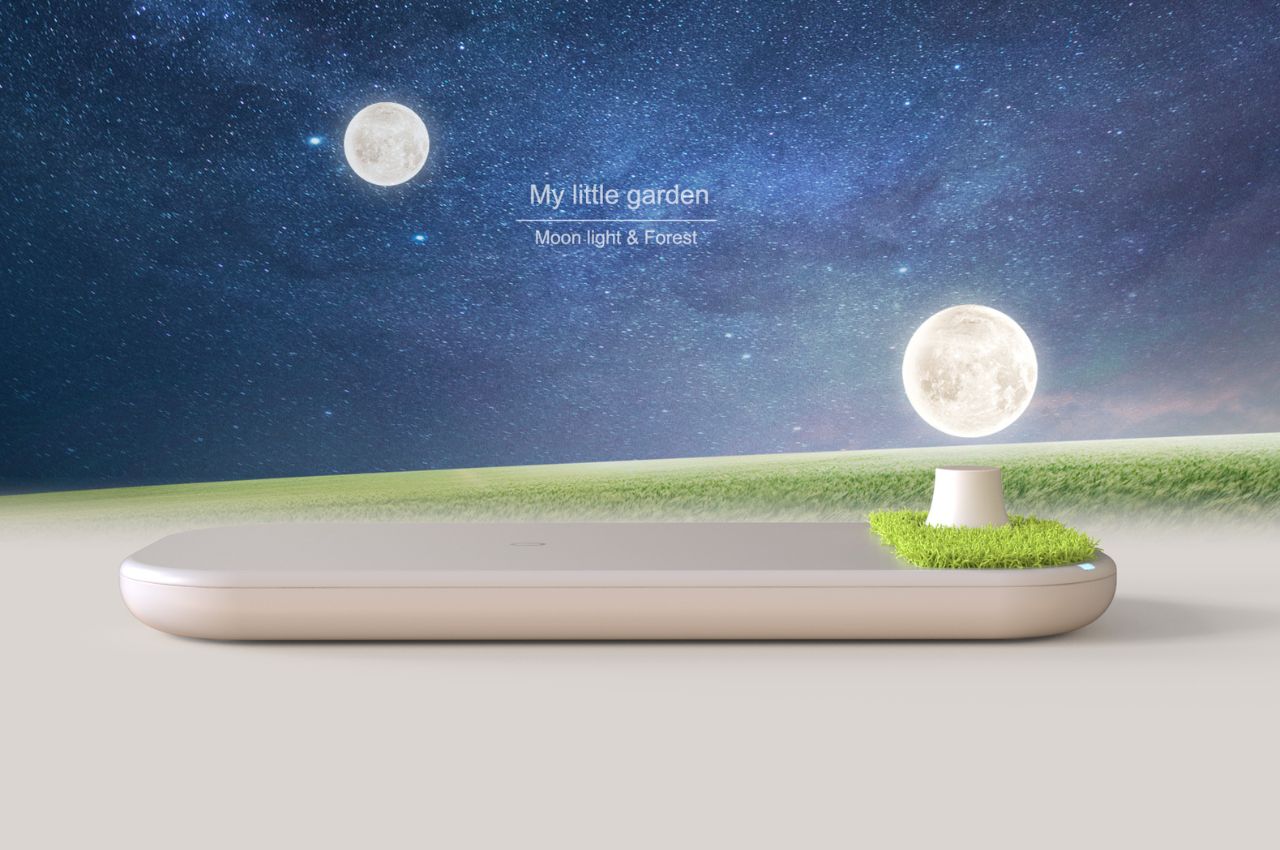
In addition to its enchanting features, the desk garden offers practical functionality. Placing your smartphone on the top of the product activates its wireless charging capabilities, ensuring that your devices stay powered up effortlessly. Furthermore, the product features a convenient C-type USB port on the side, allowing you to charge and use various devices simultaneously. This versatility enhances your productivity and connectivity while maintaining the elegance of your moonlit garden-inspired desk.
The mini desk garden is more than just a product; it’s a transformative experience. With its mesmerizing levitating mood light, natural air-purifying properties, and the essence of a moonlit forest, it brings a touch of magic and tranquility into your life. Say goodbye to the confines of city living and welcome the enchantment of the moon and forest into your home or workspace with this remarkable creation. It’s time to rediscover the joy of nature, one levitating moonlight at a time.
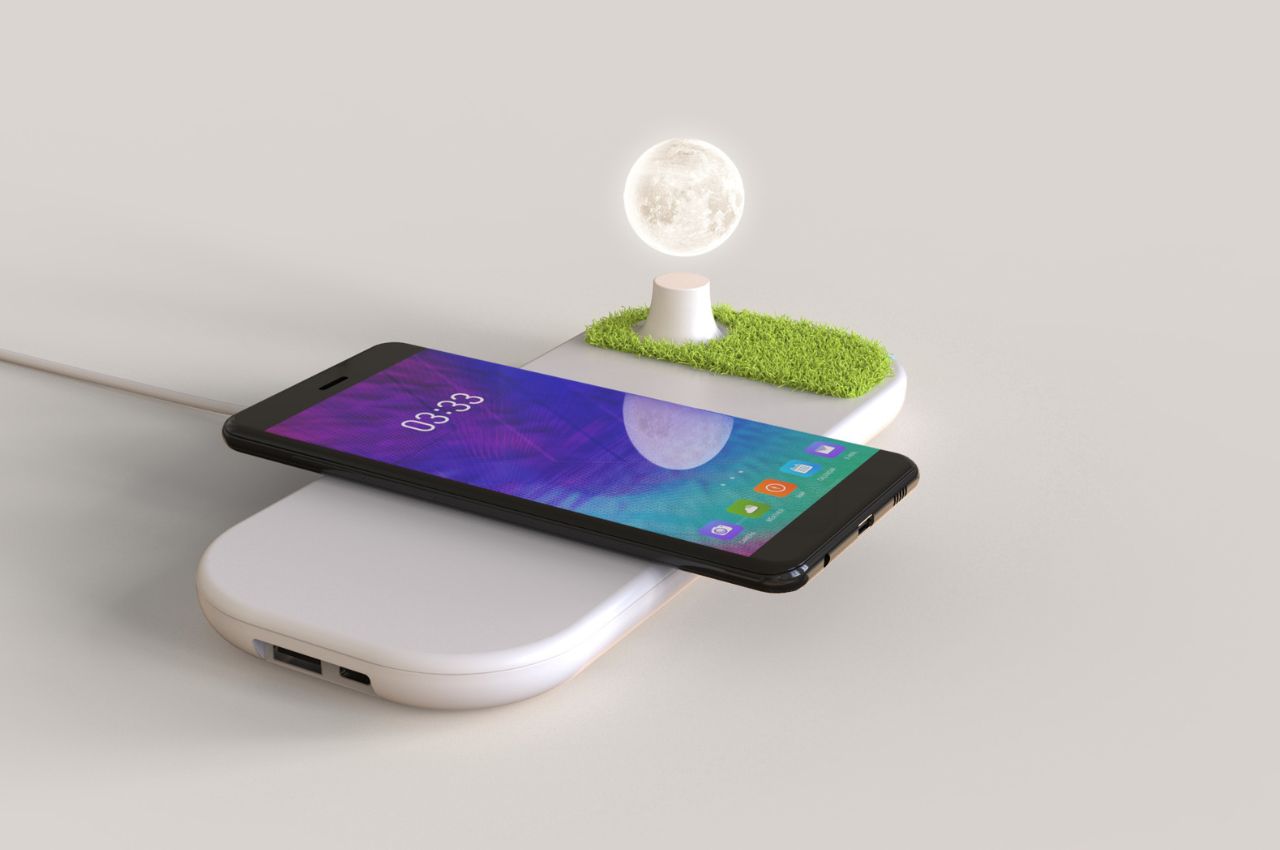
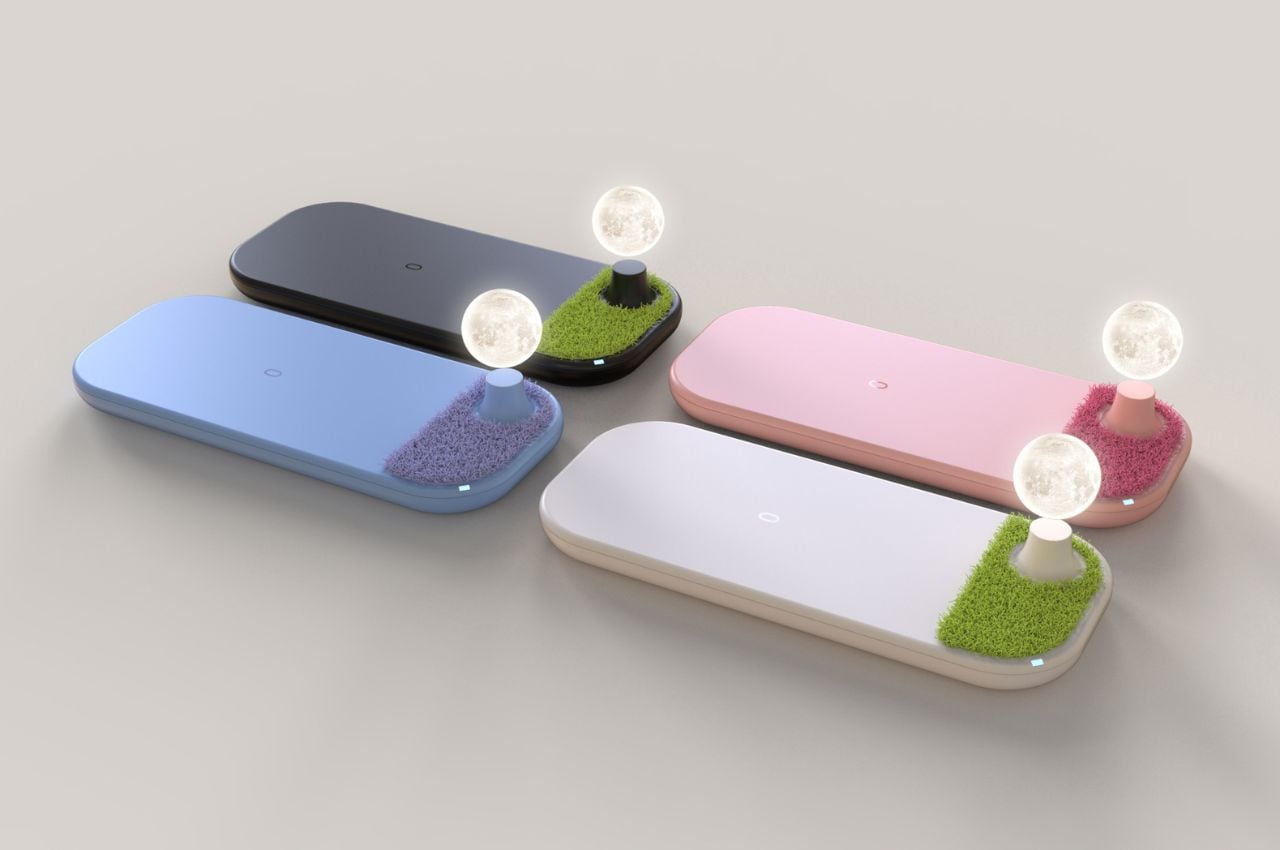
The post Find Tranquillity in City Life with this 3-in-1 Smartphone Friendly Mini Garden first appeared on Yanko Design.
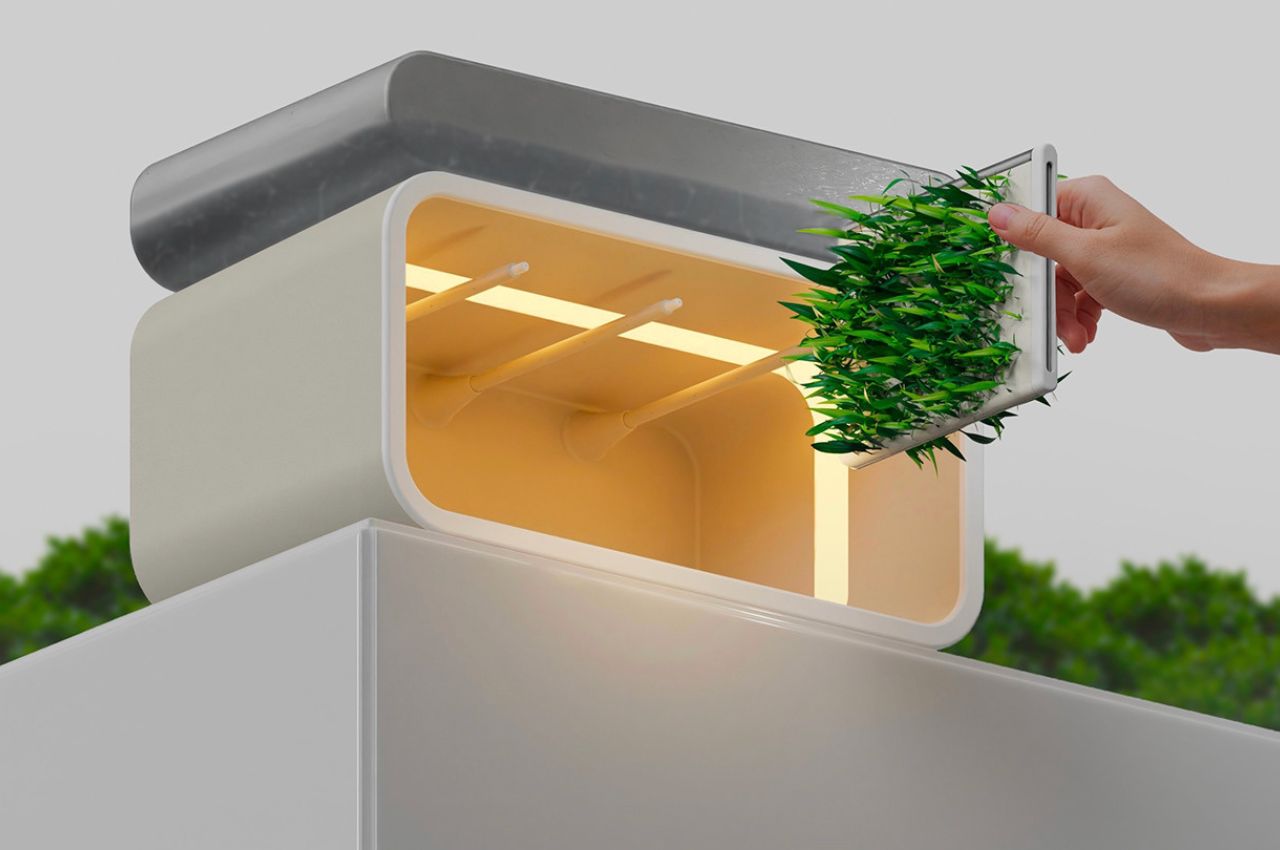
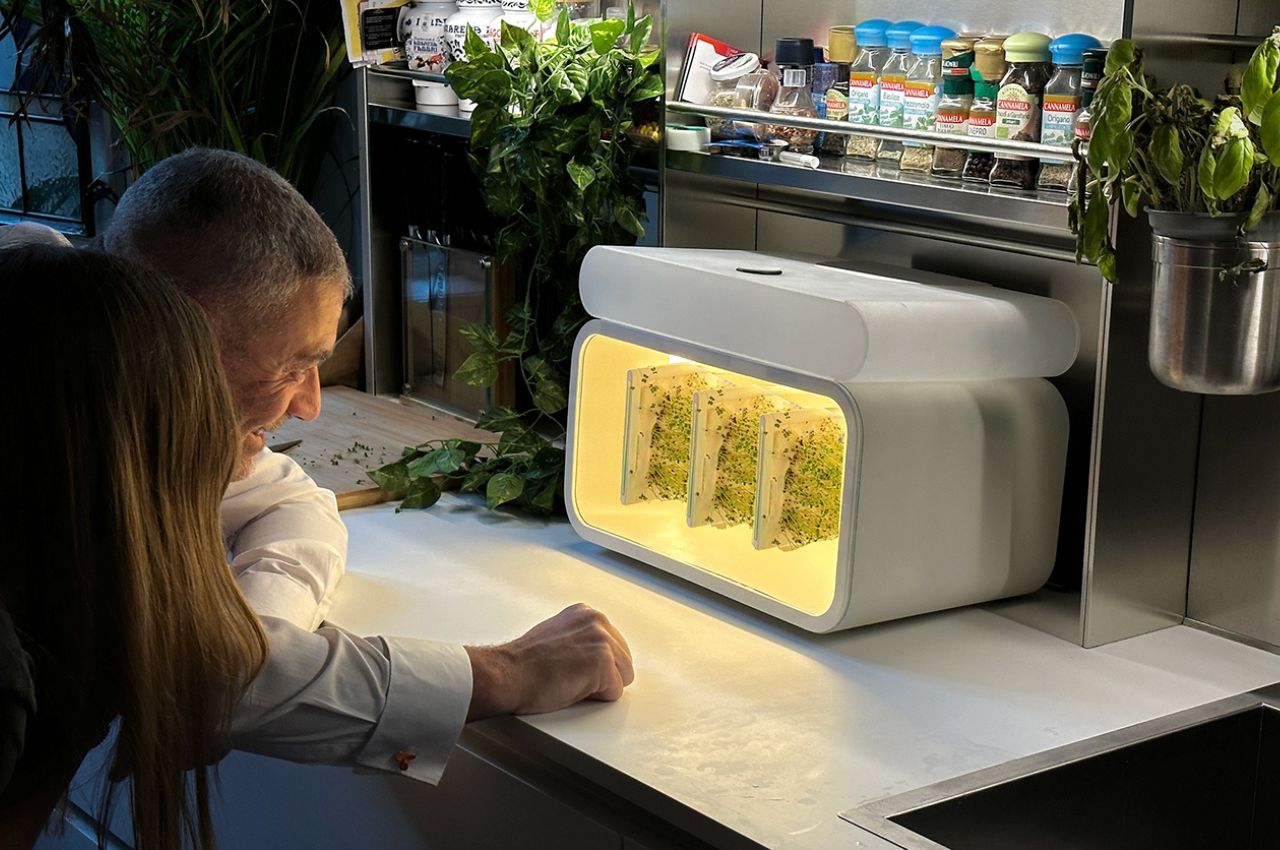

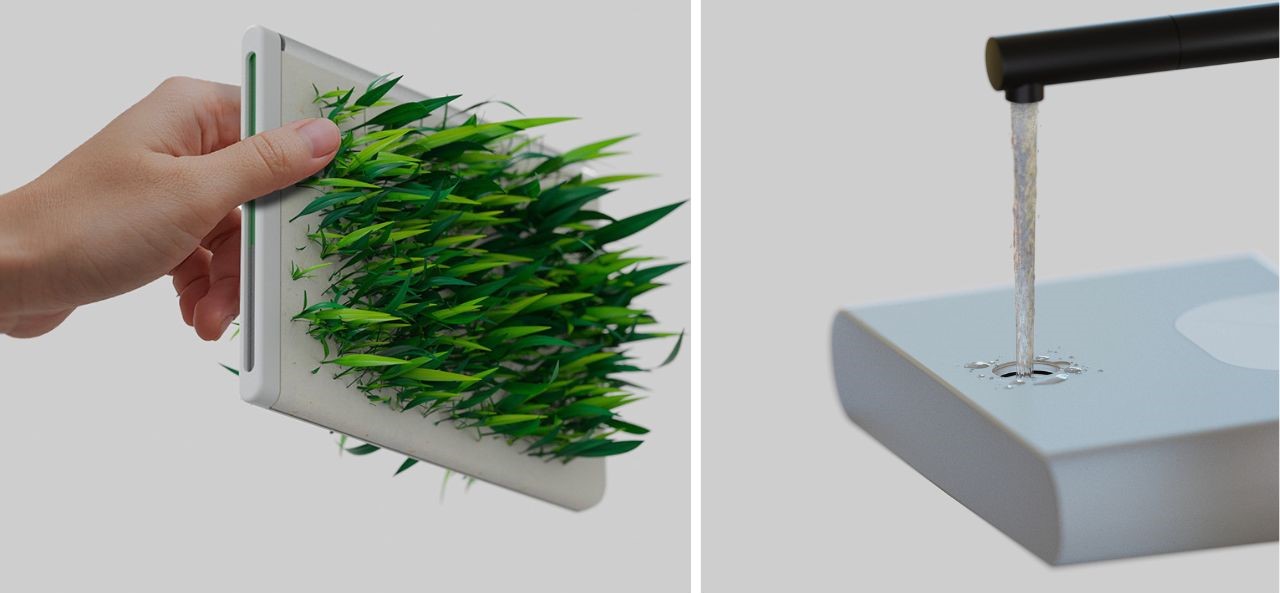
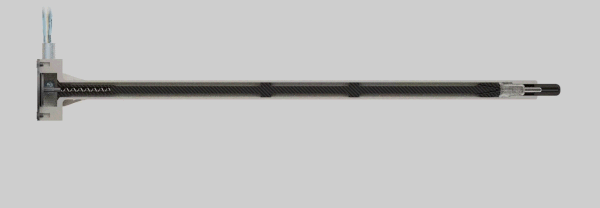
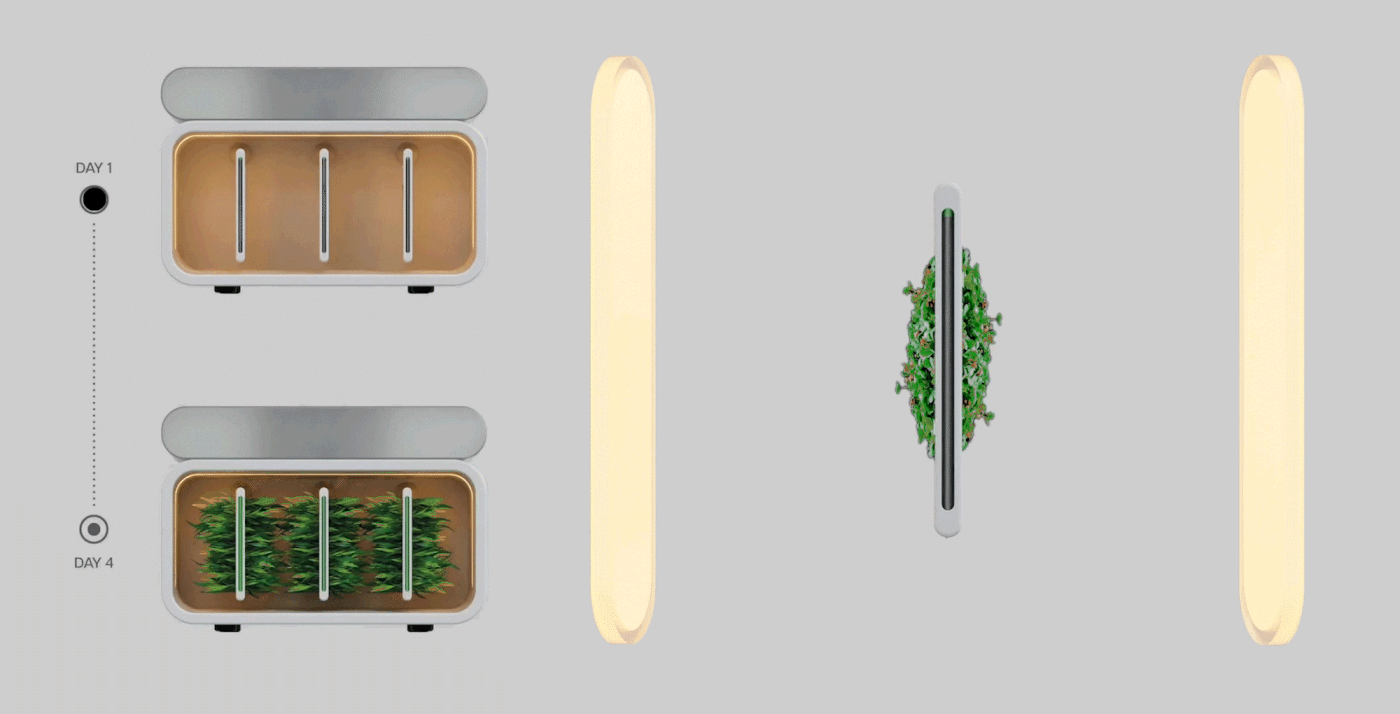
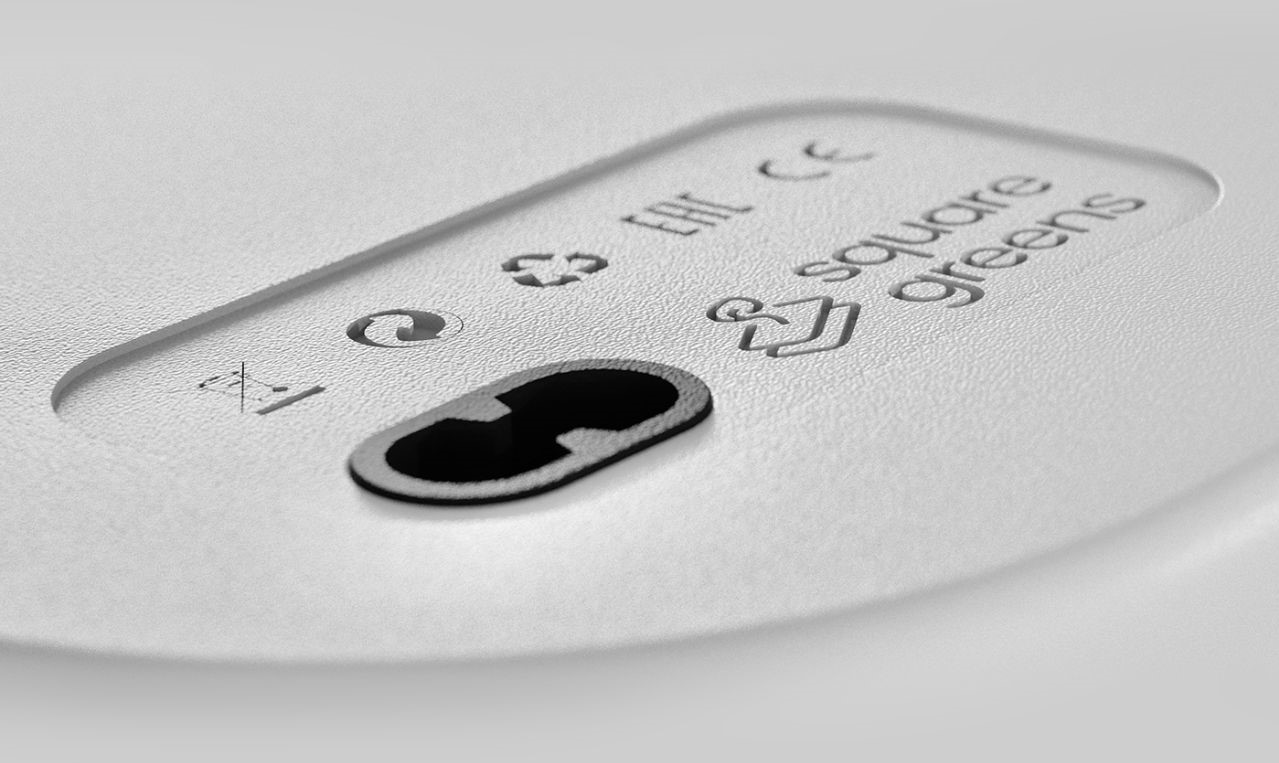
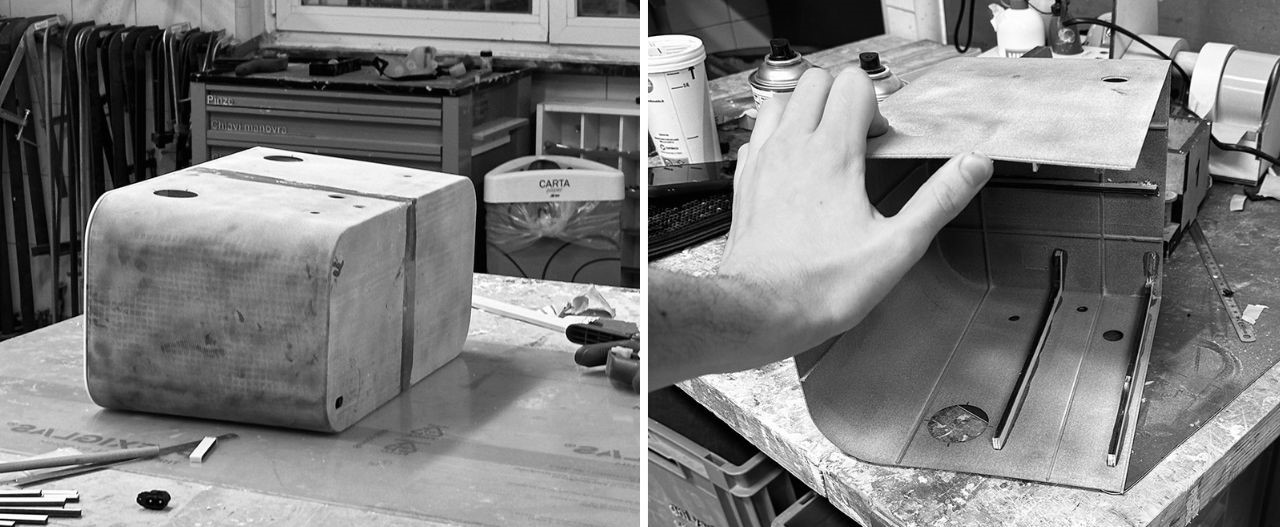

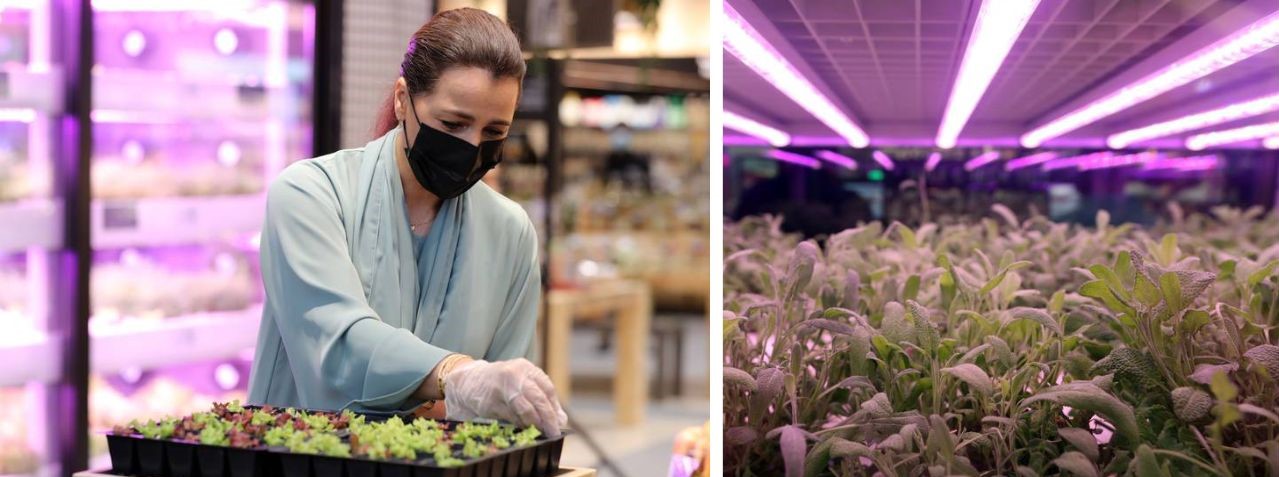
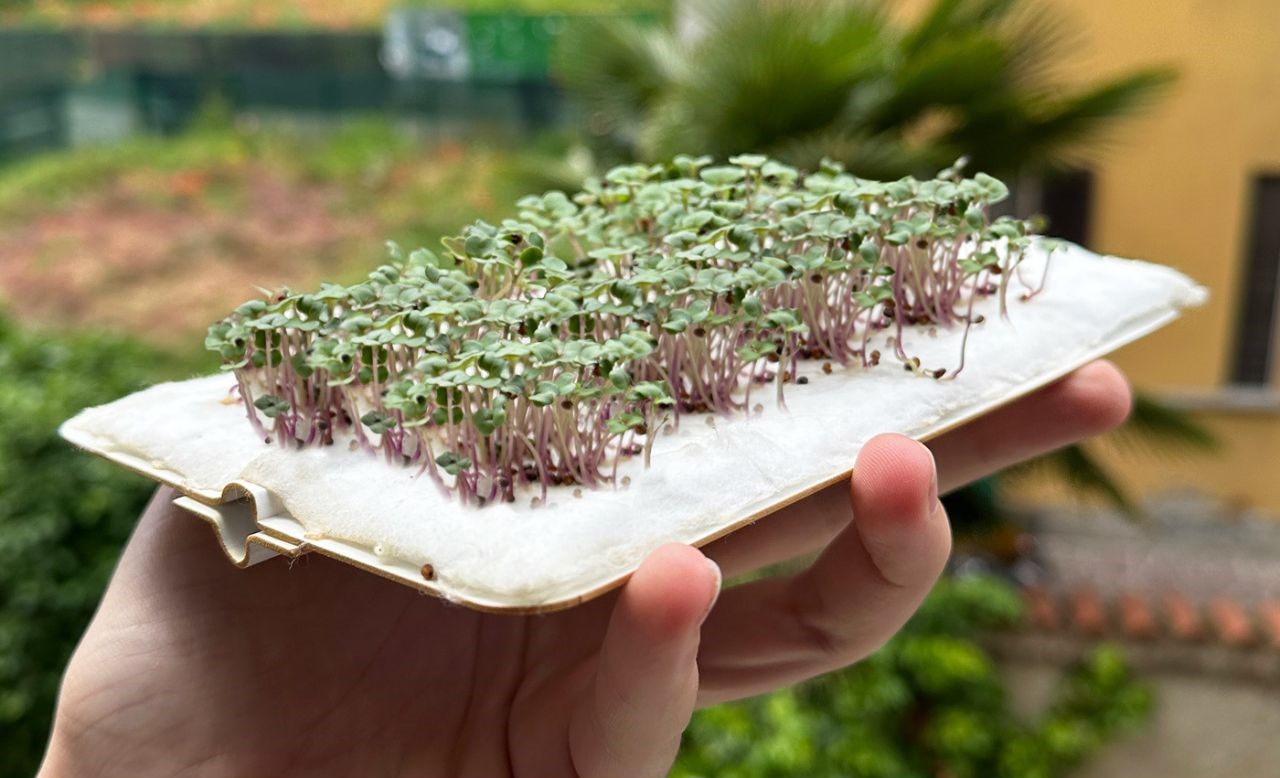
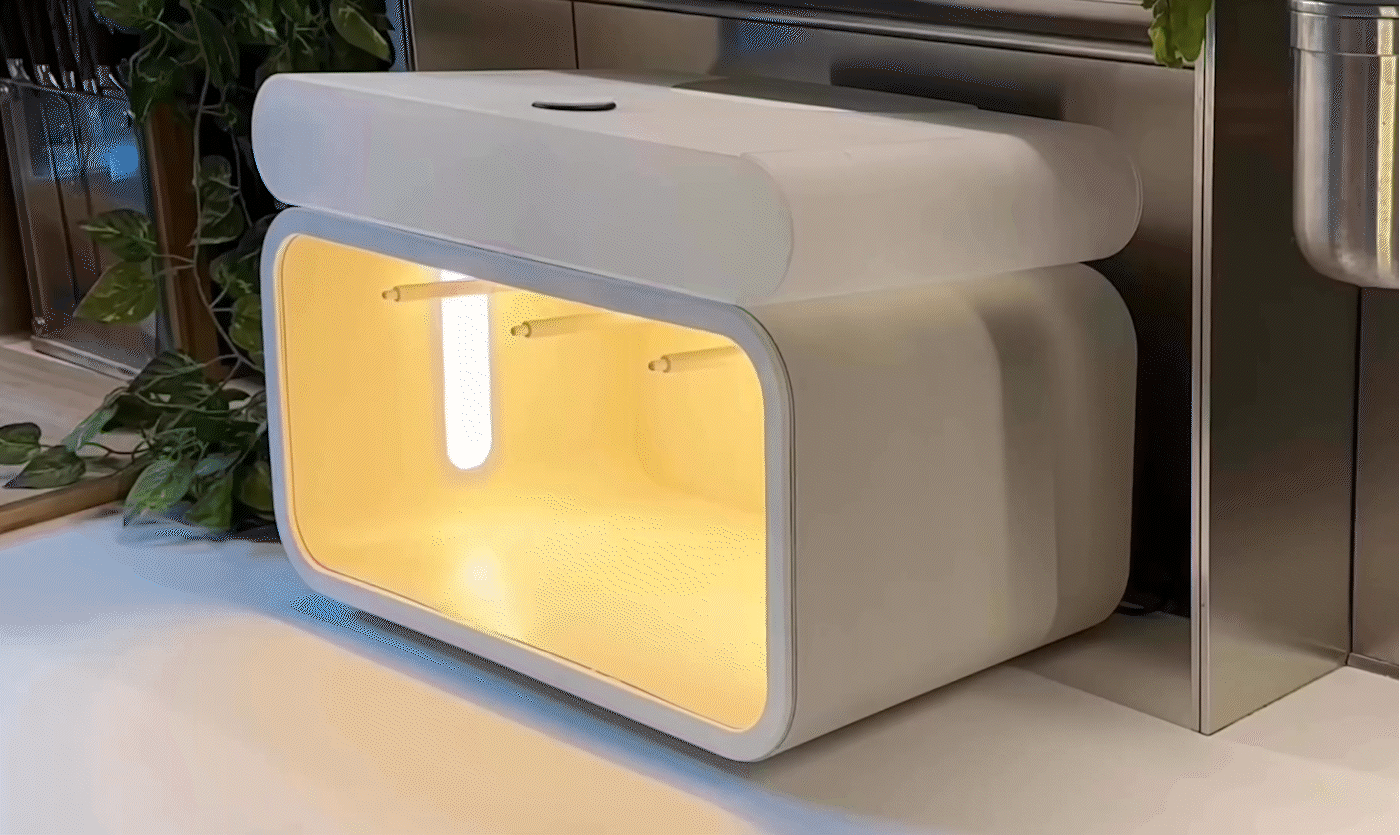

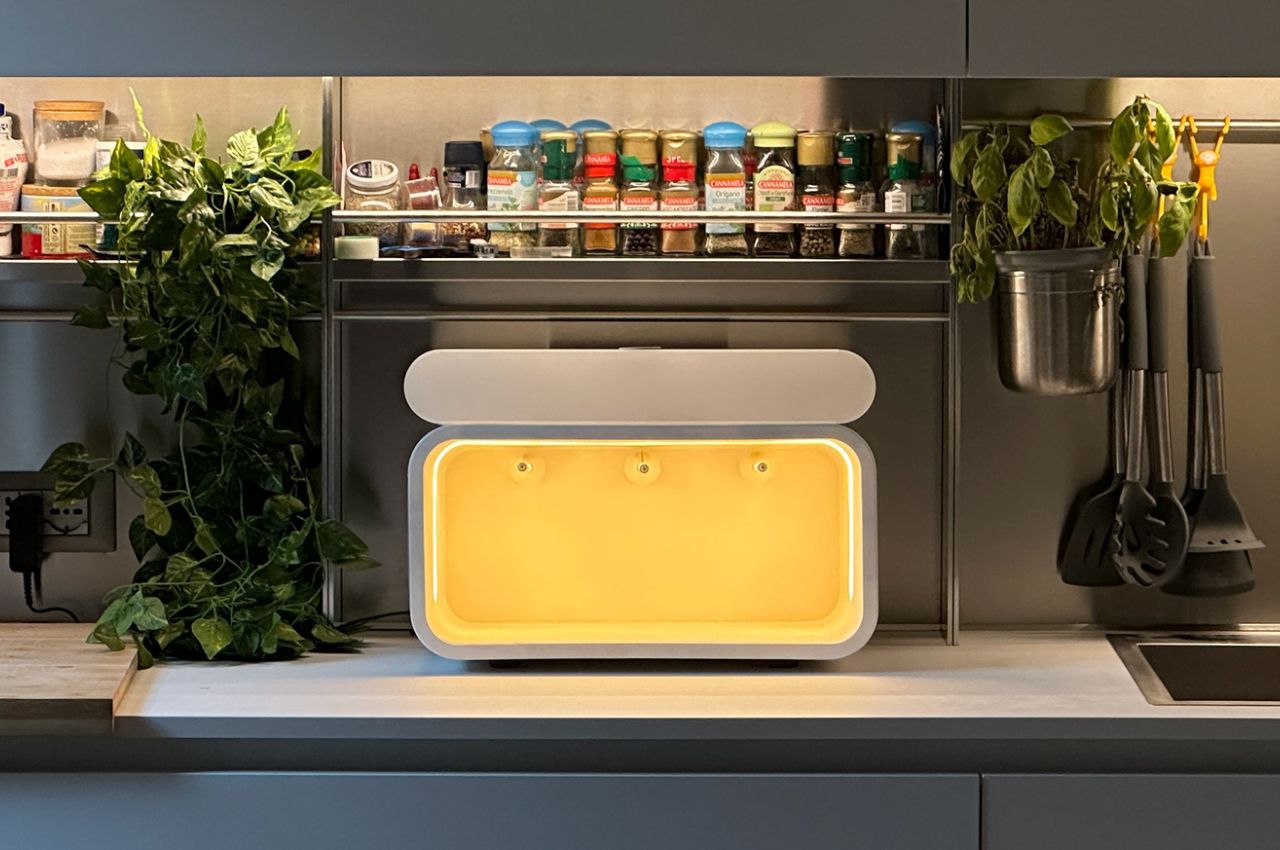
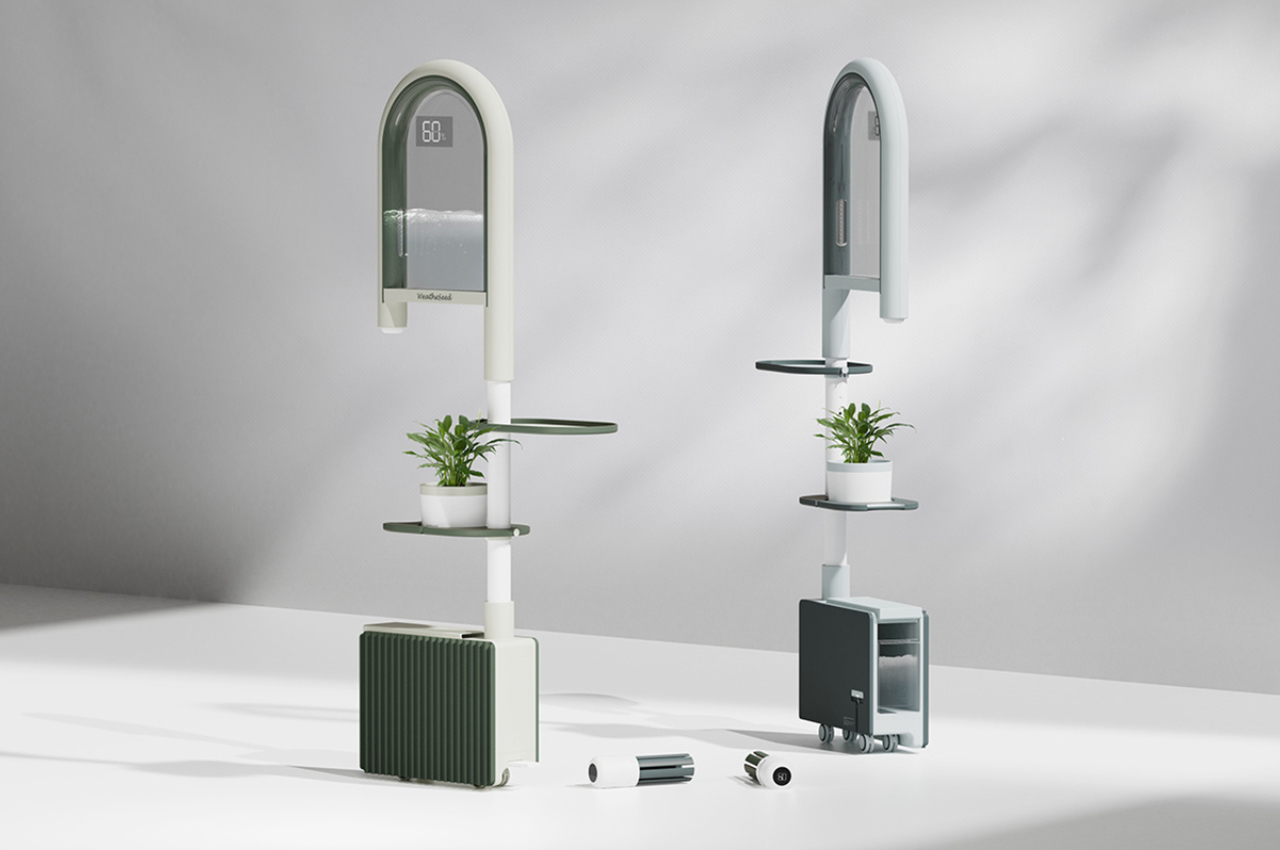
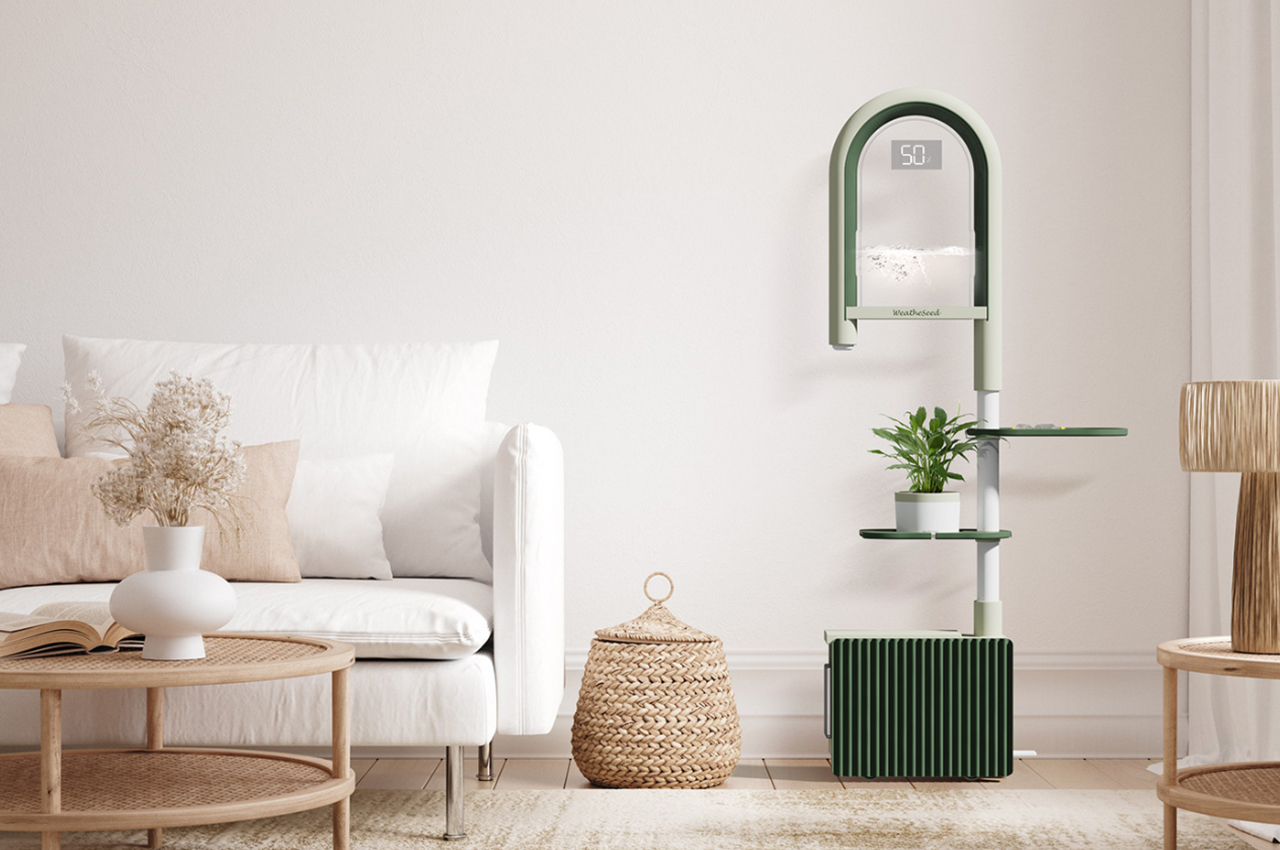
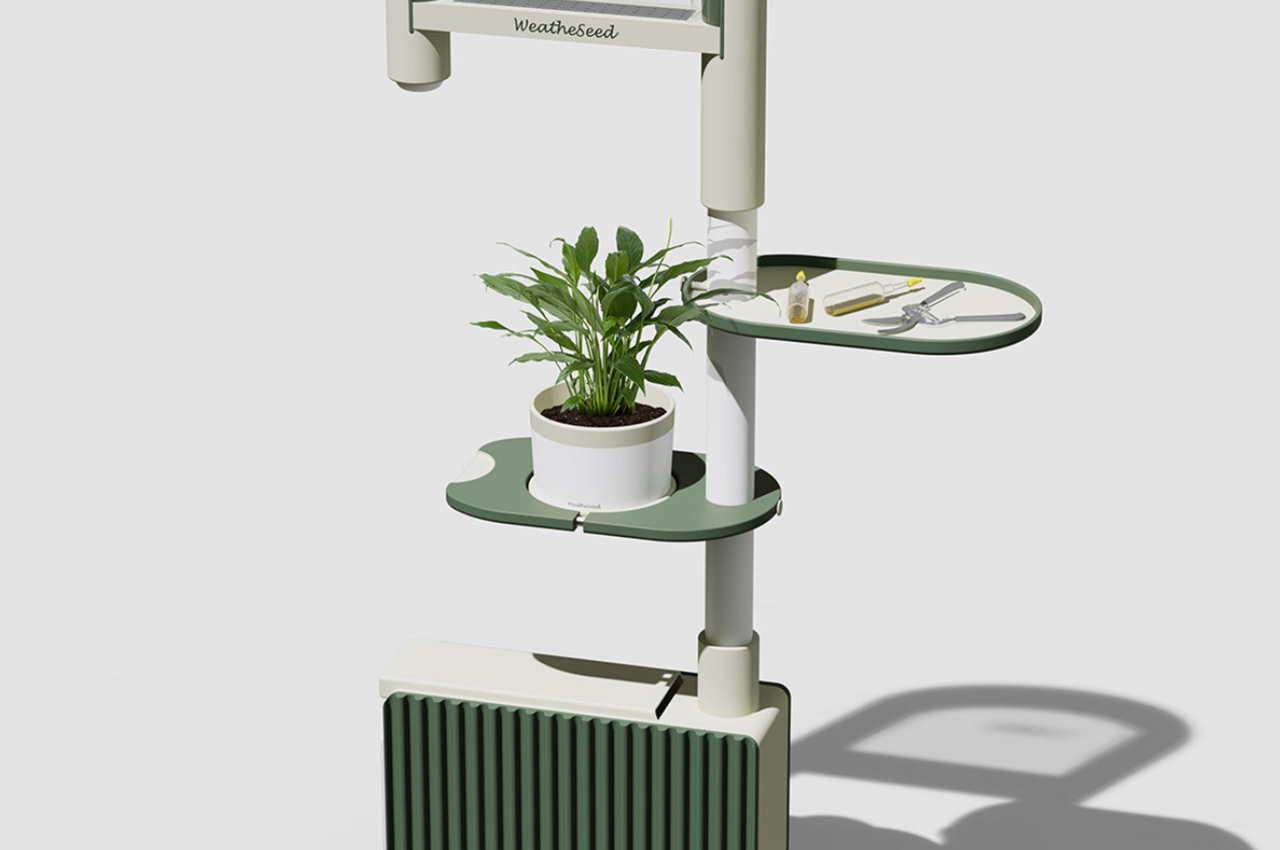
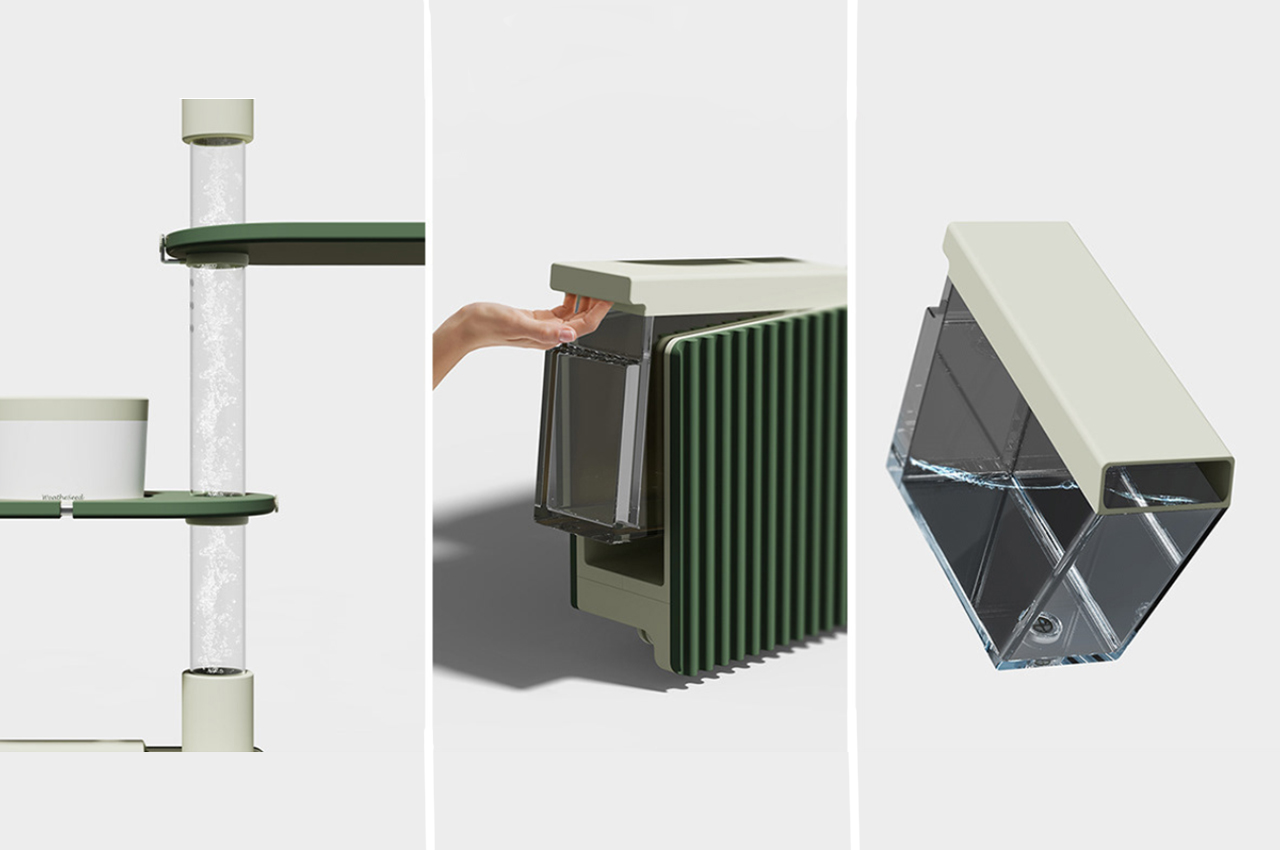
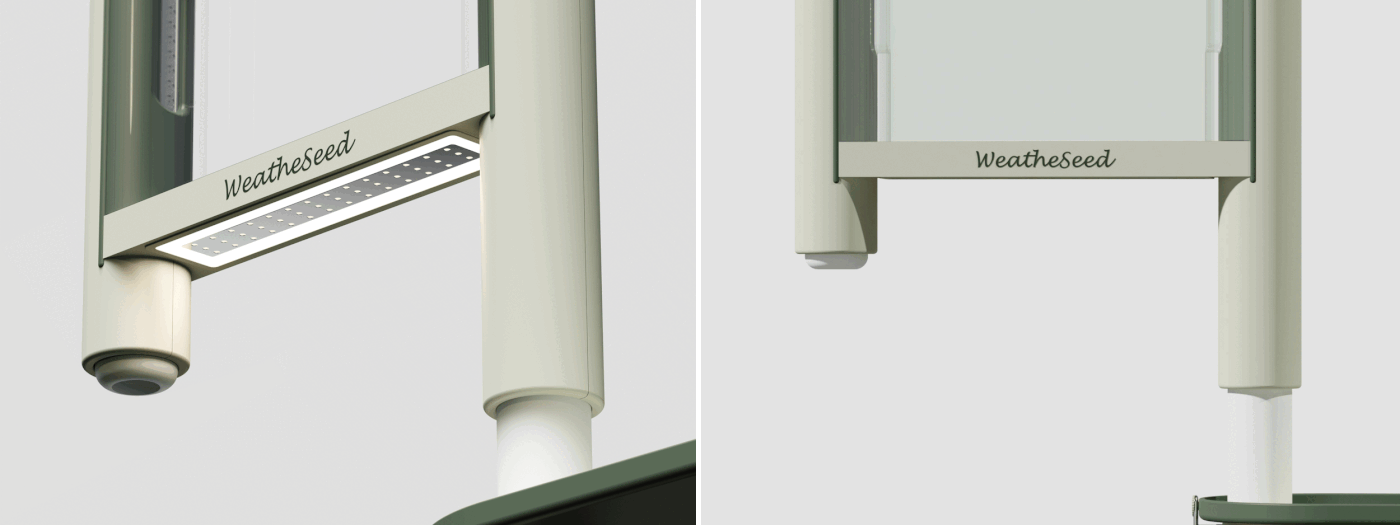
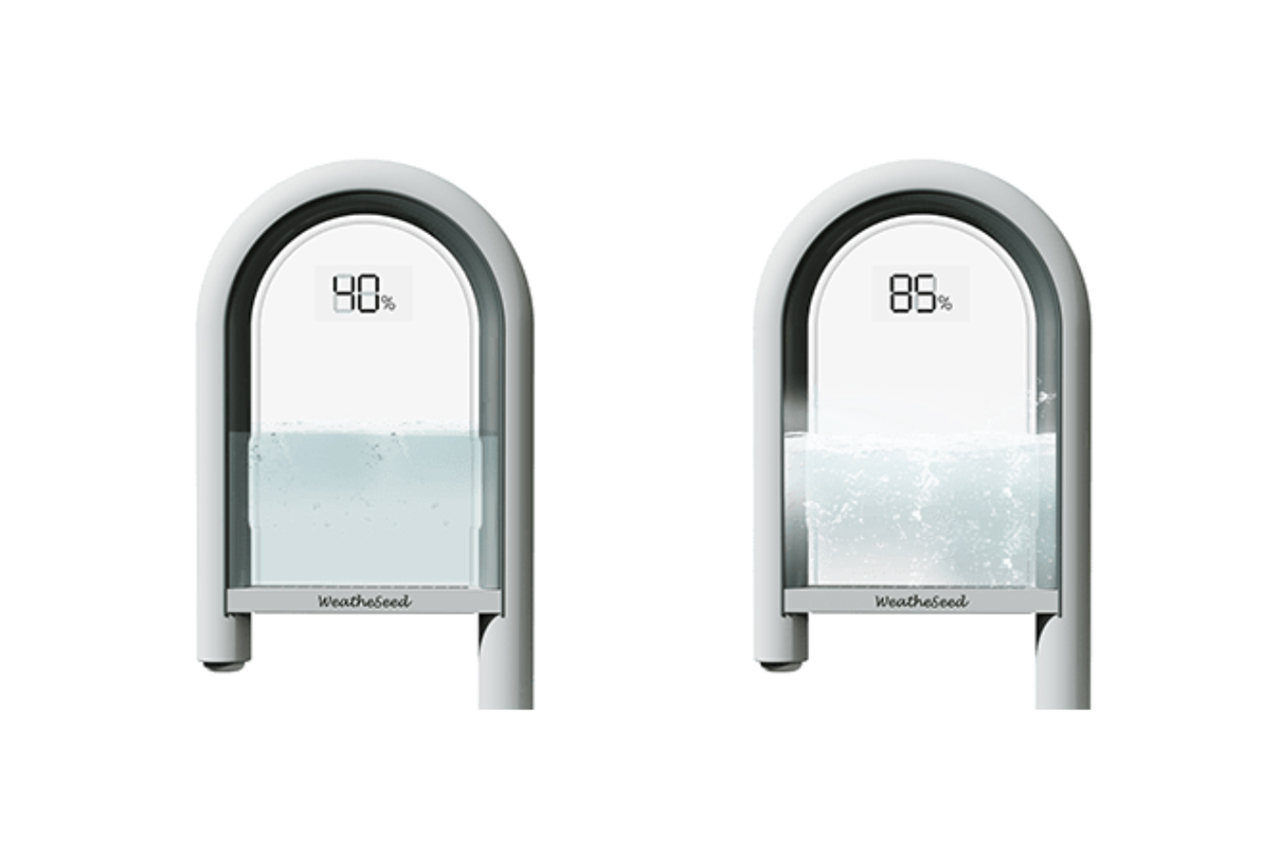


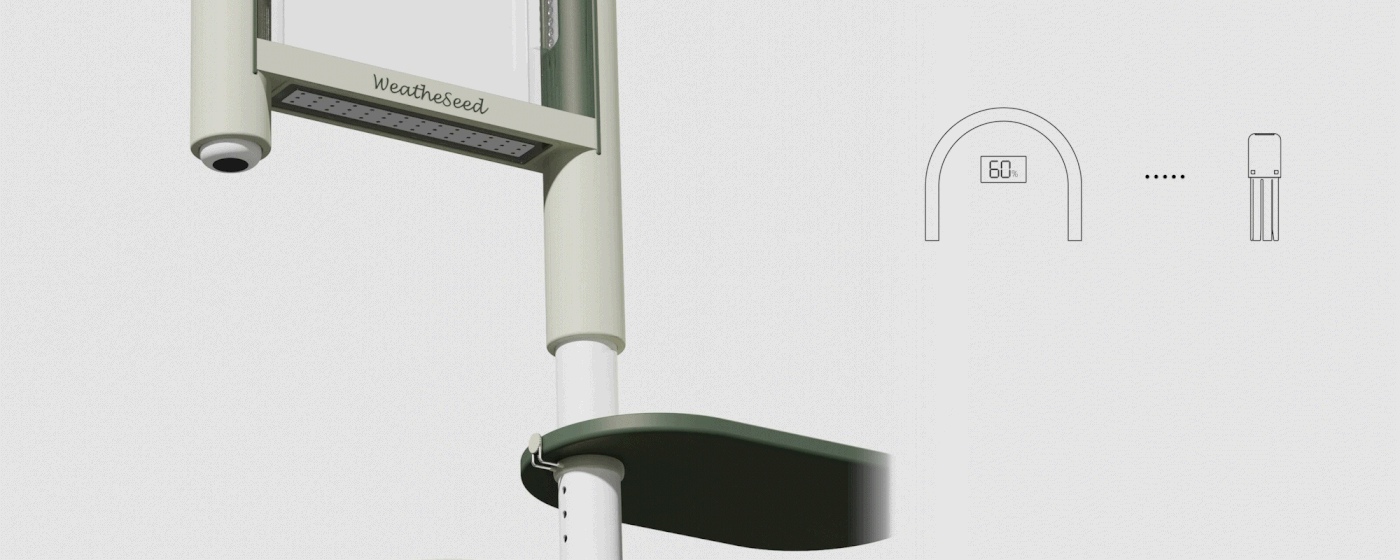

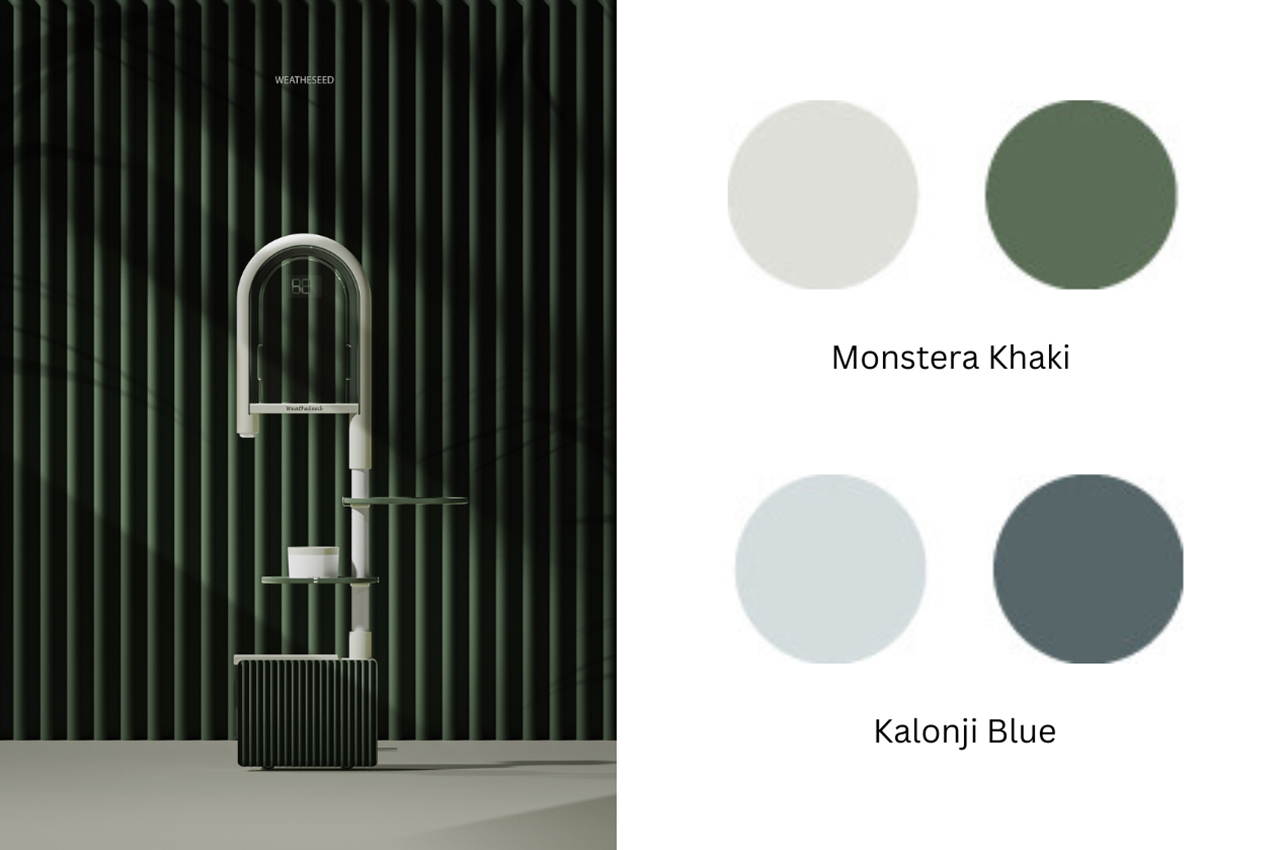
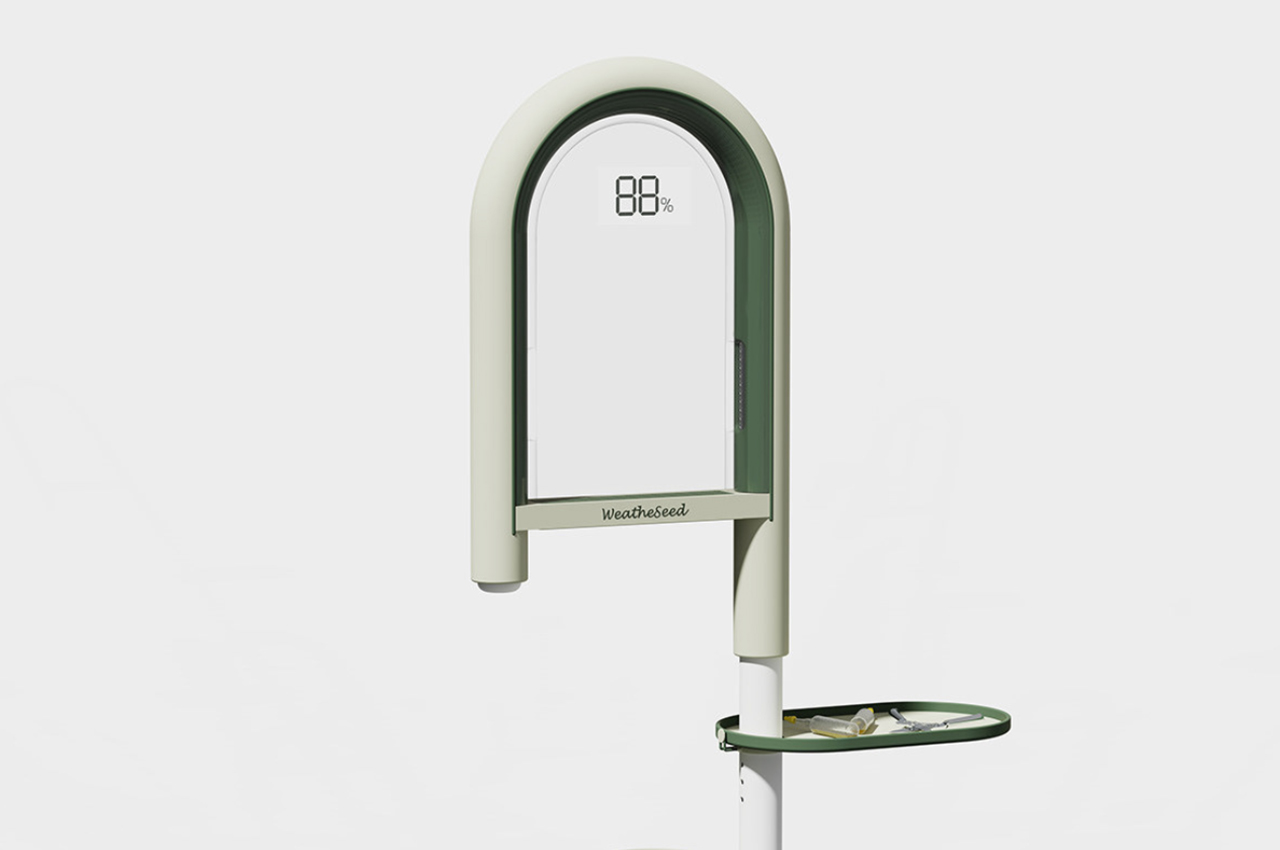
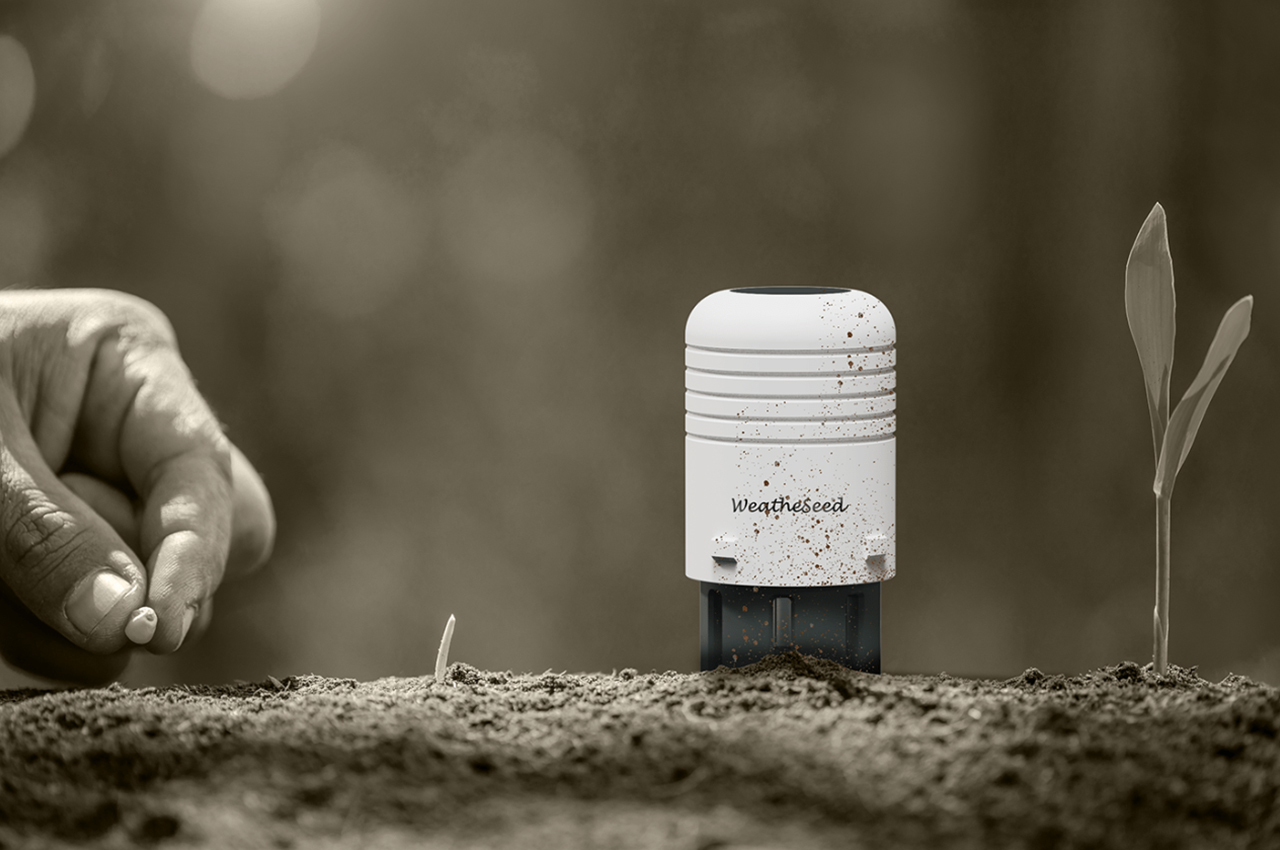
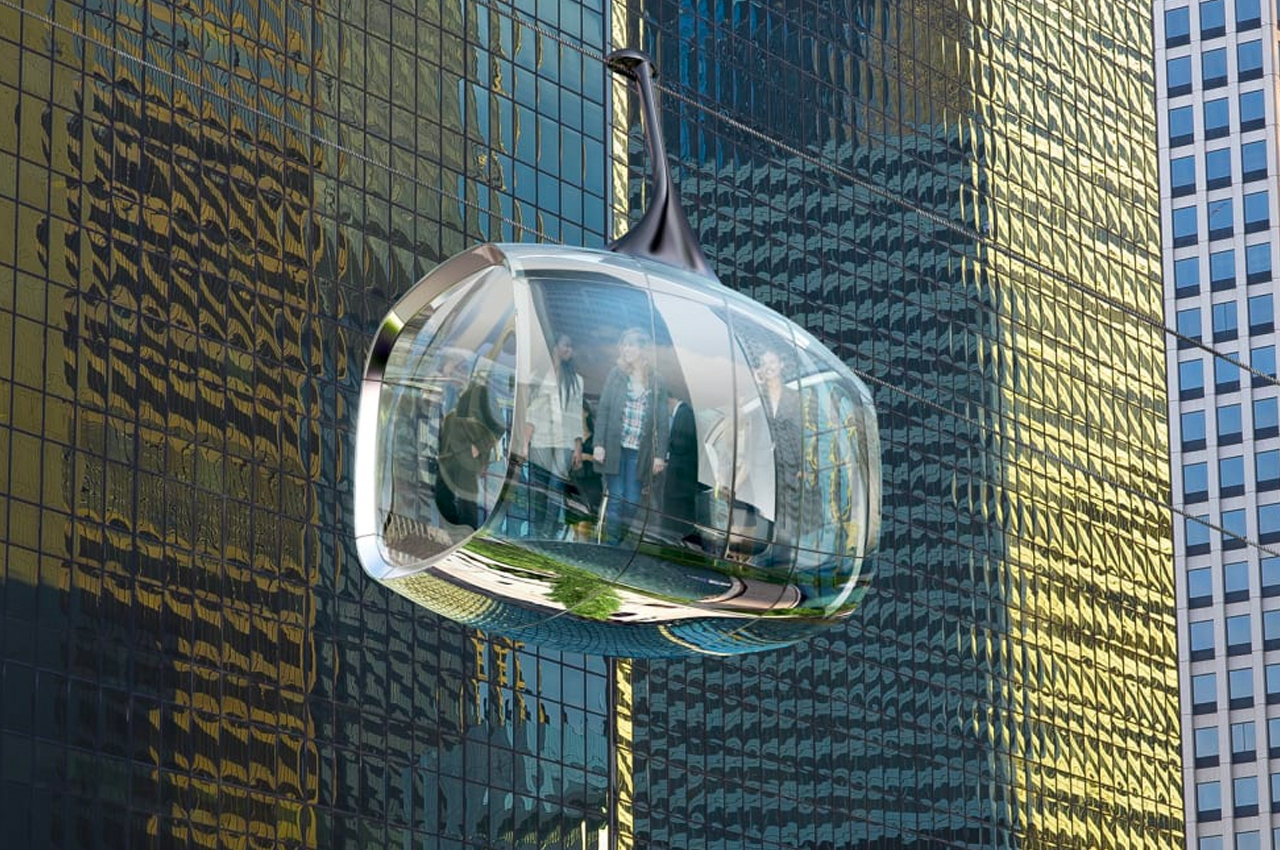
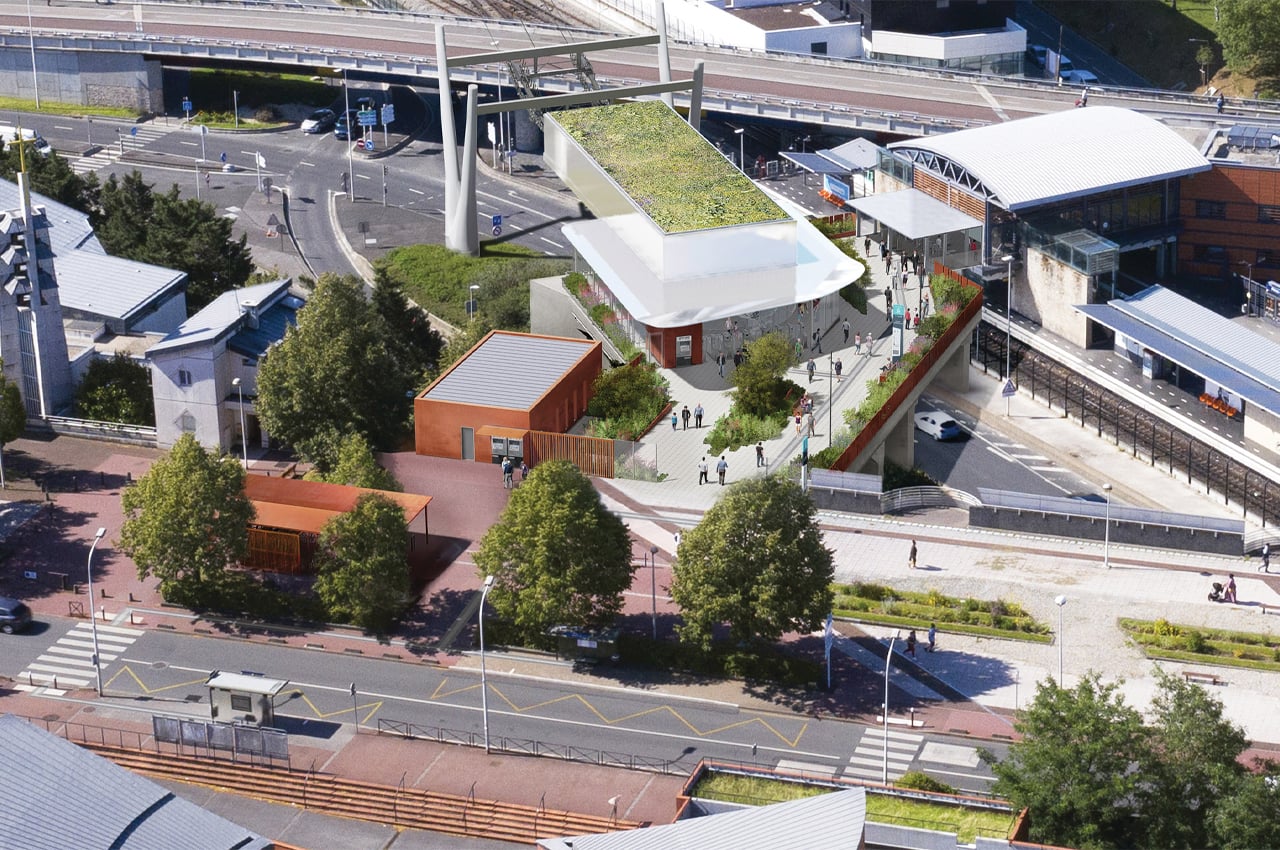
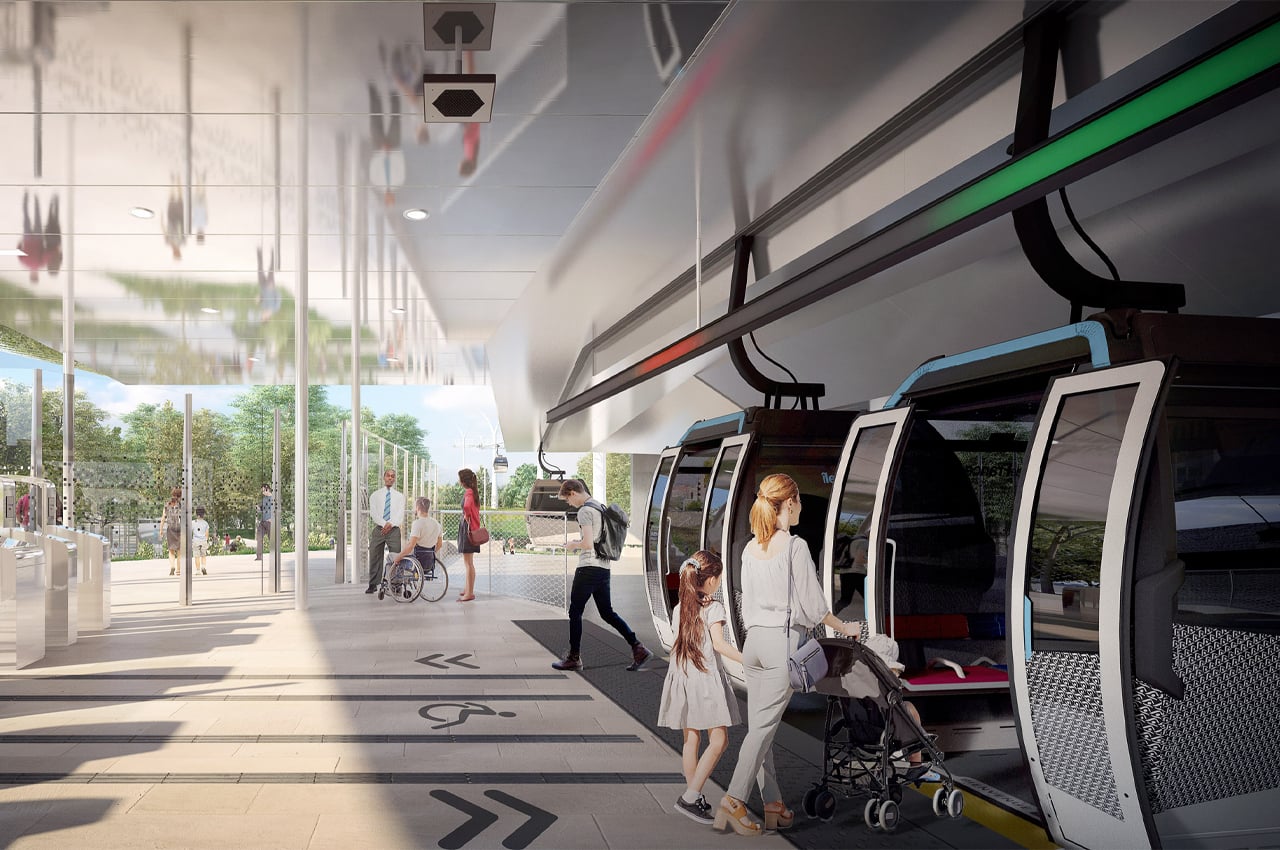
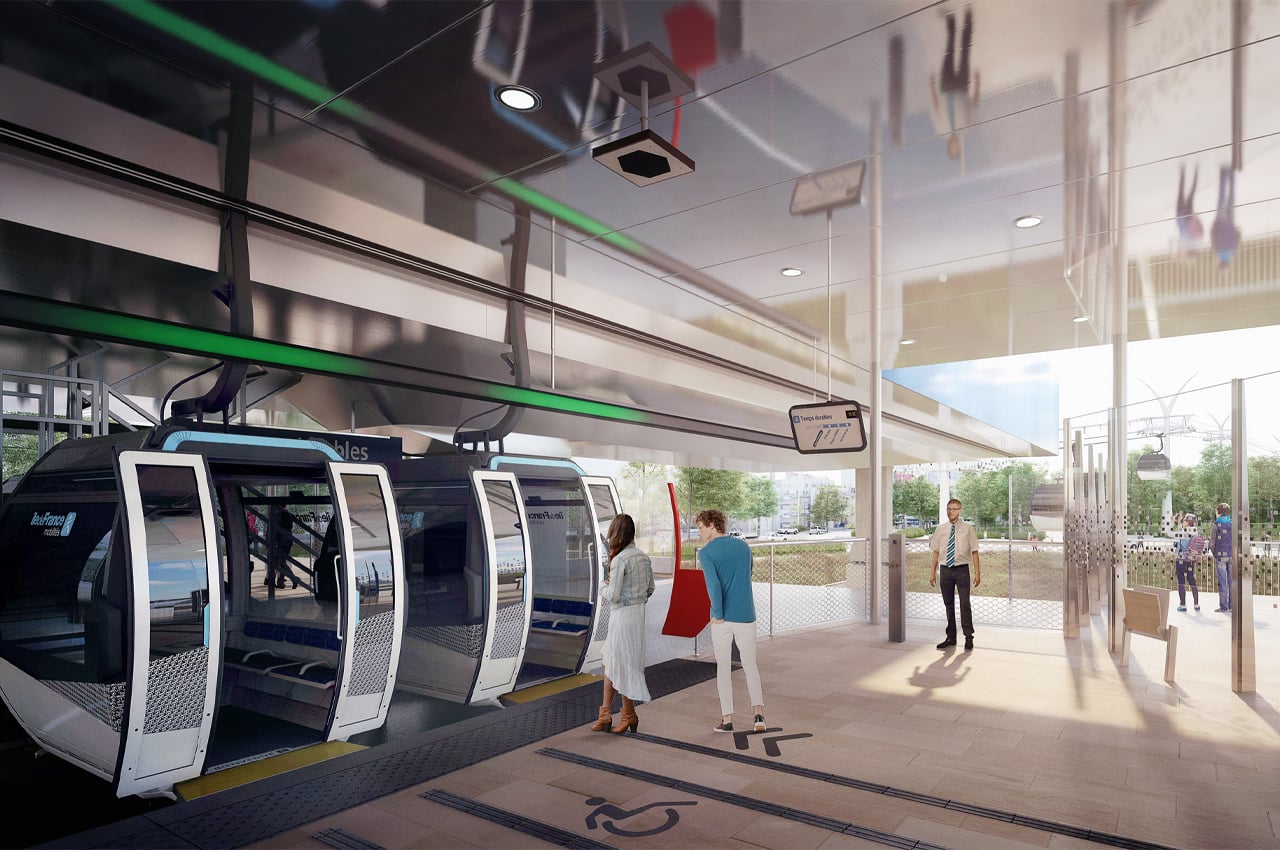
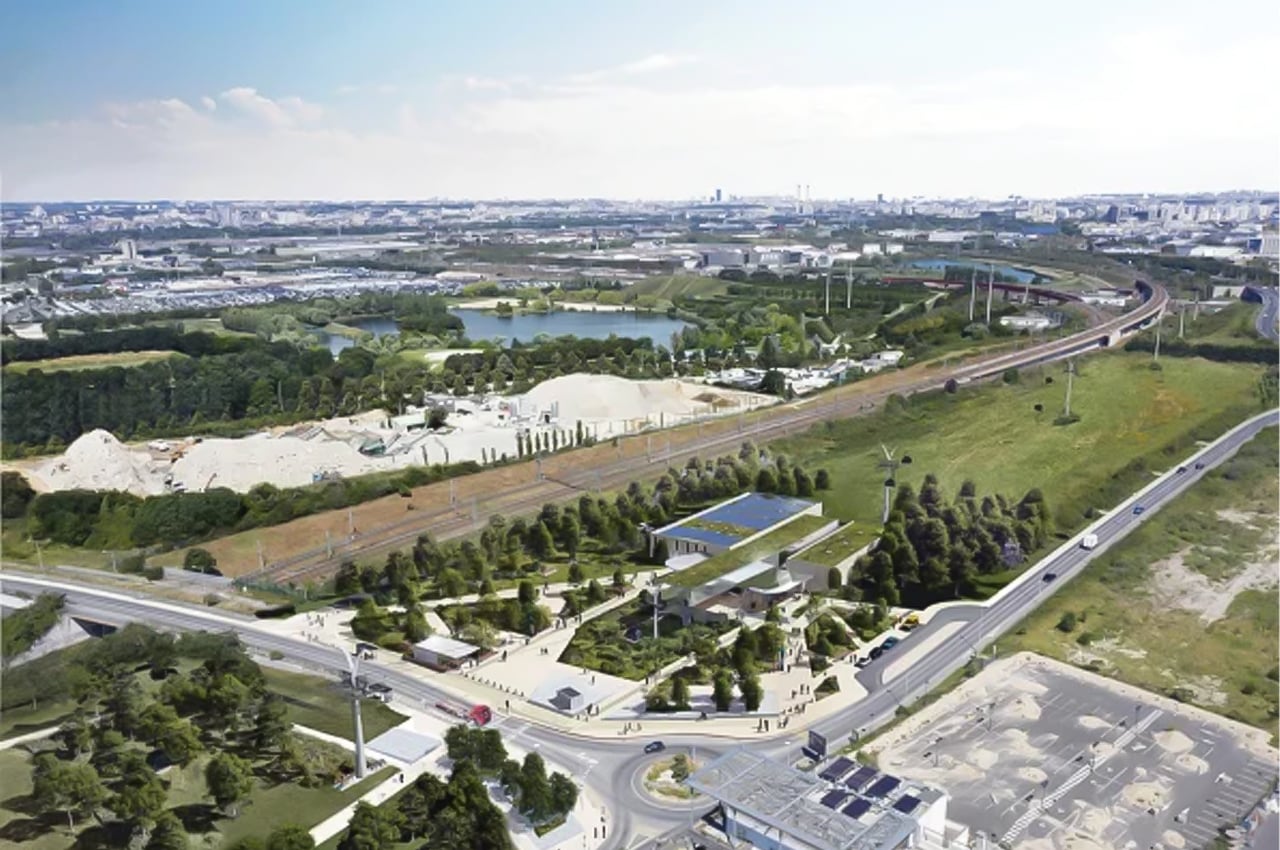
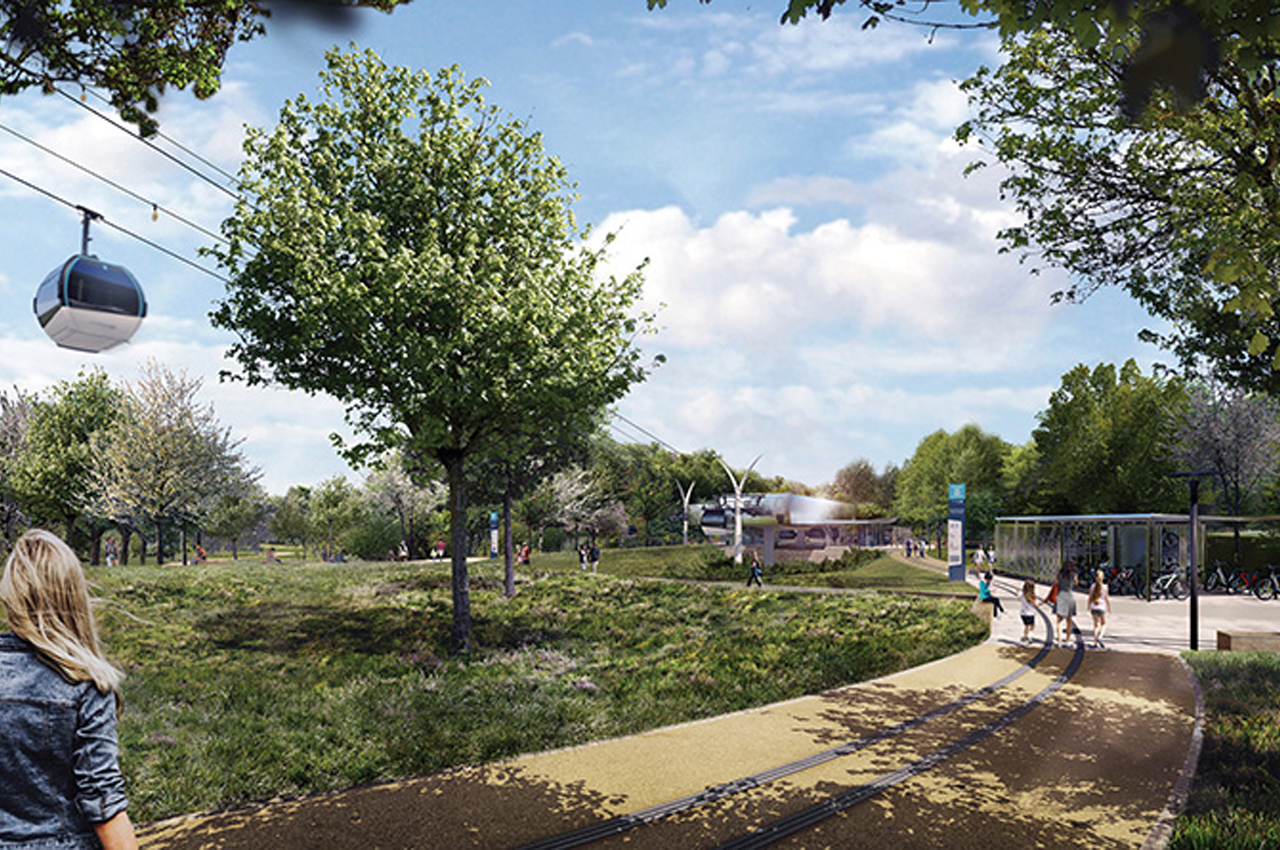
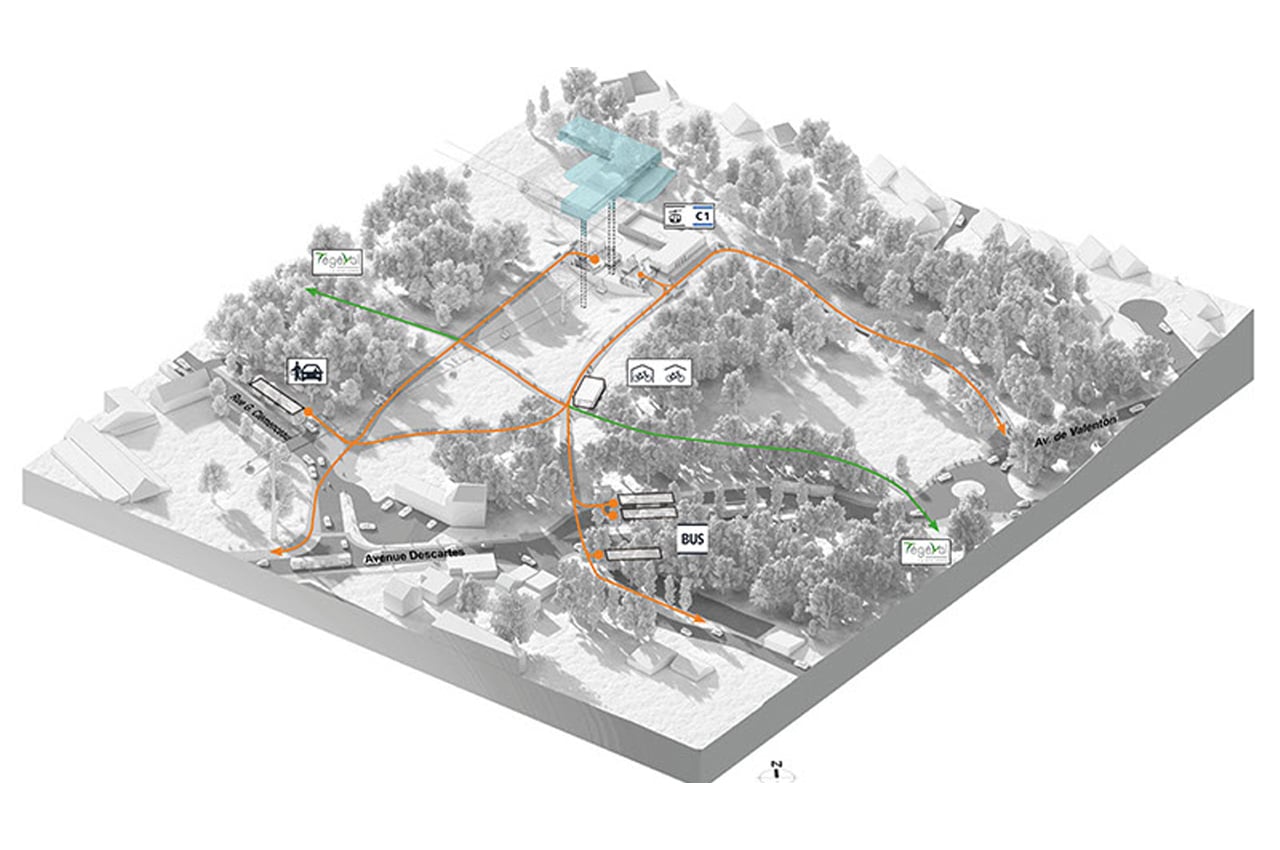
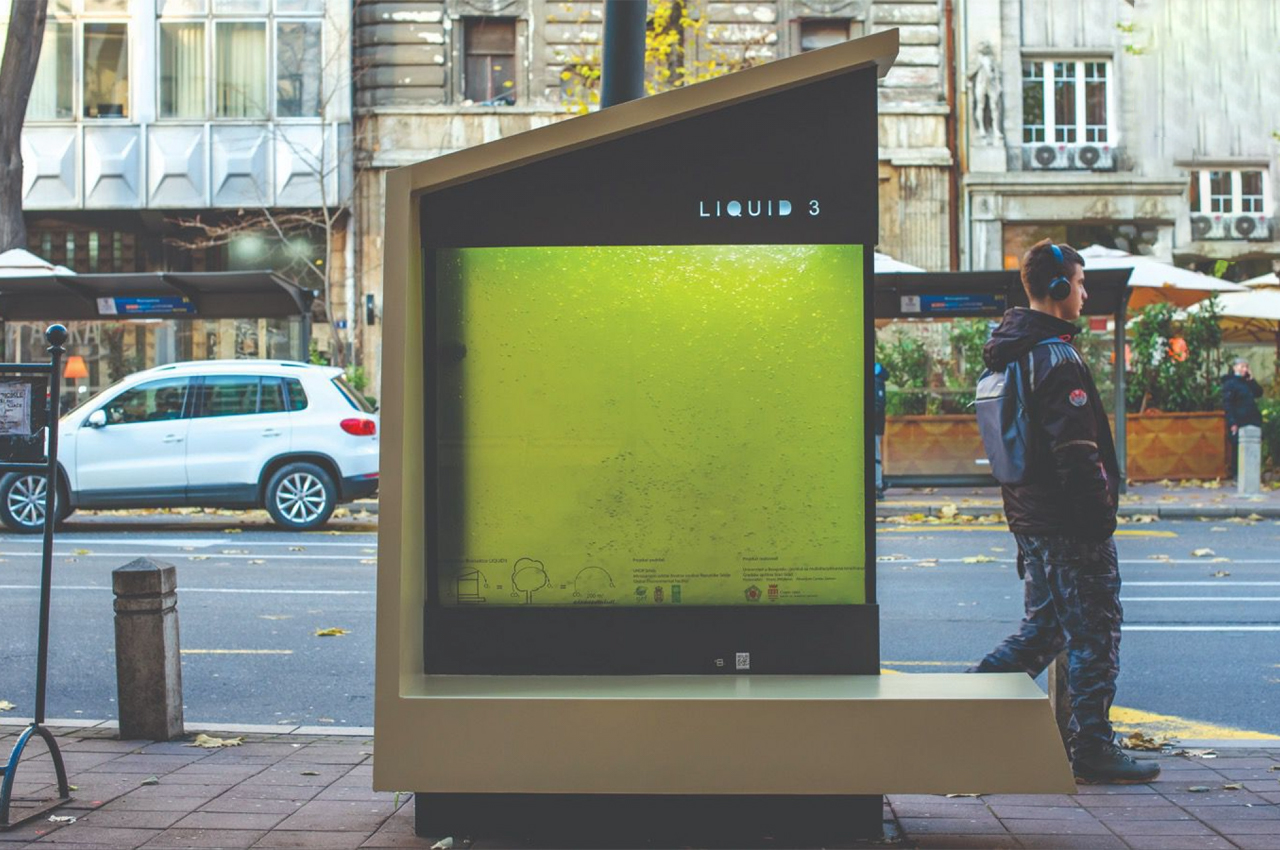
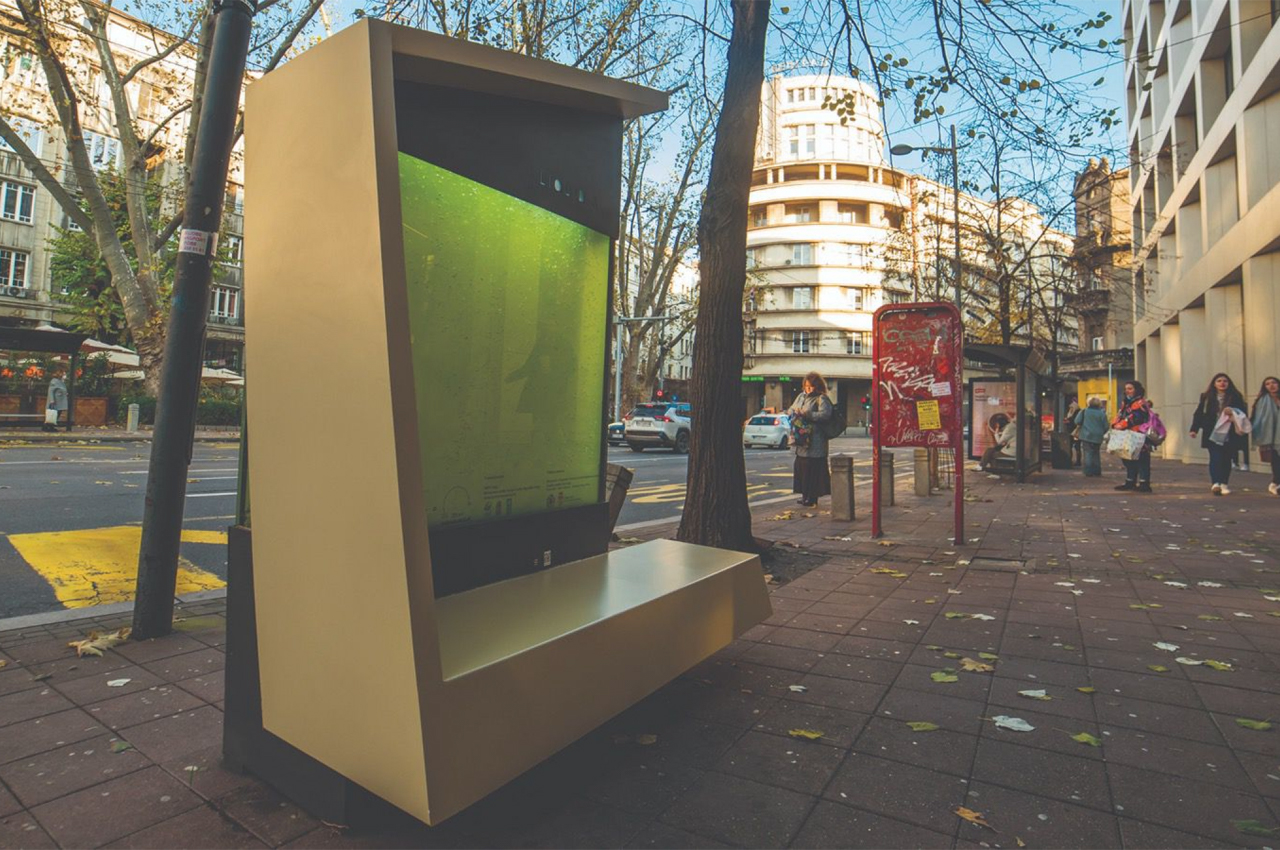
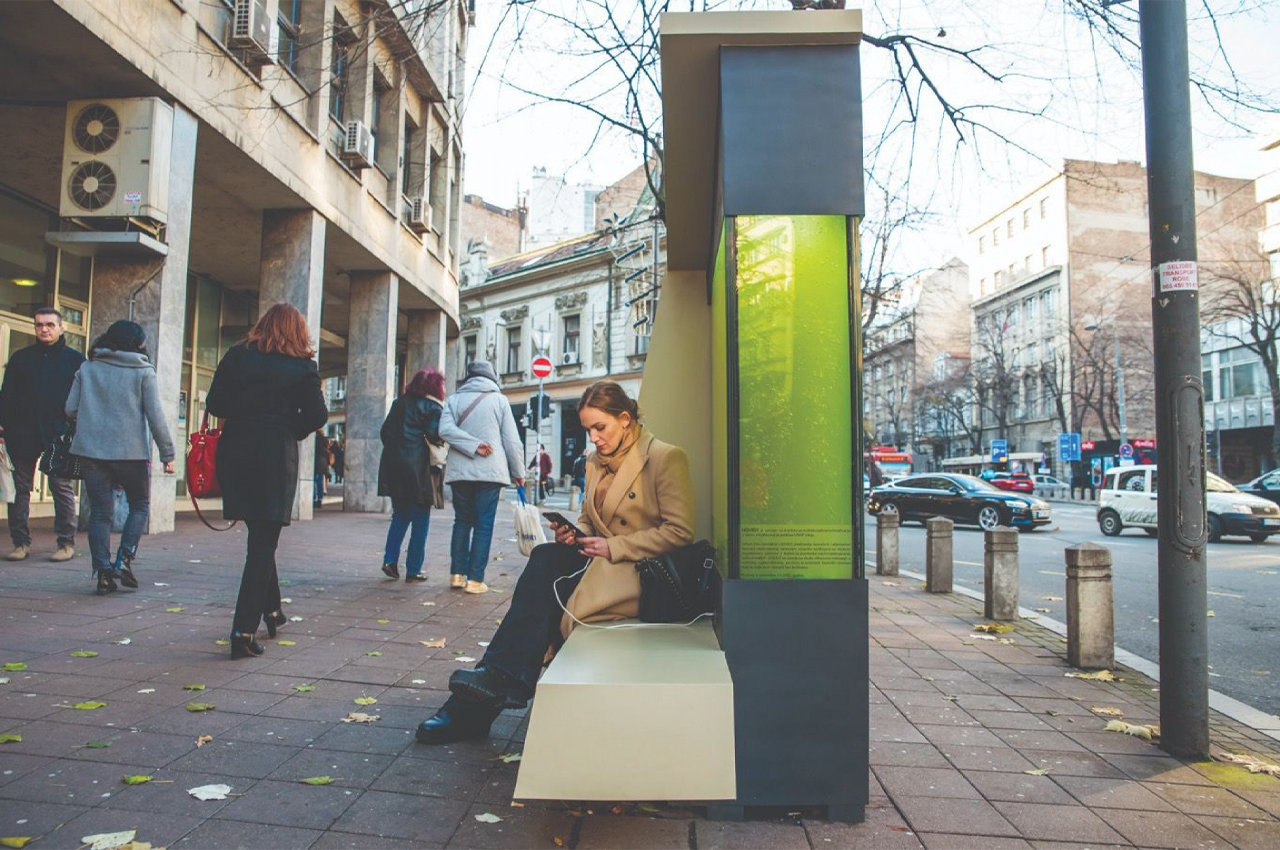
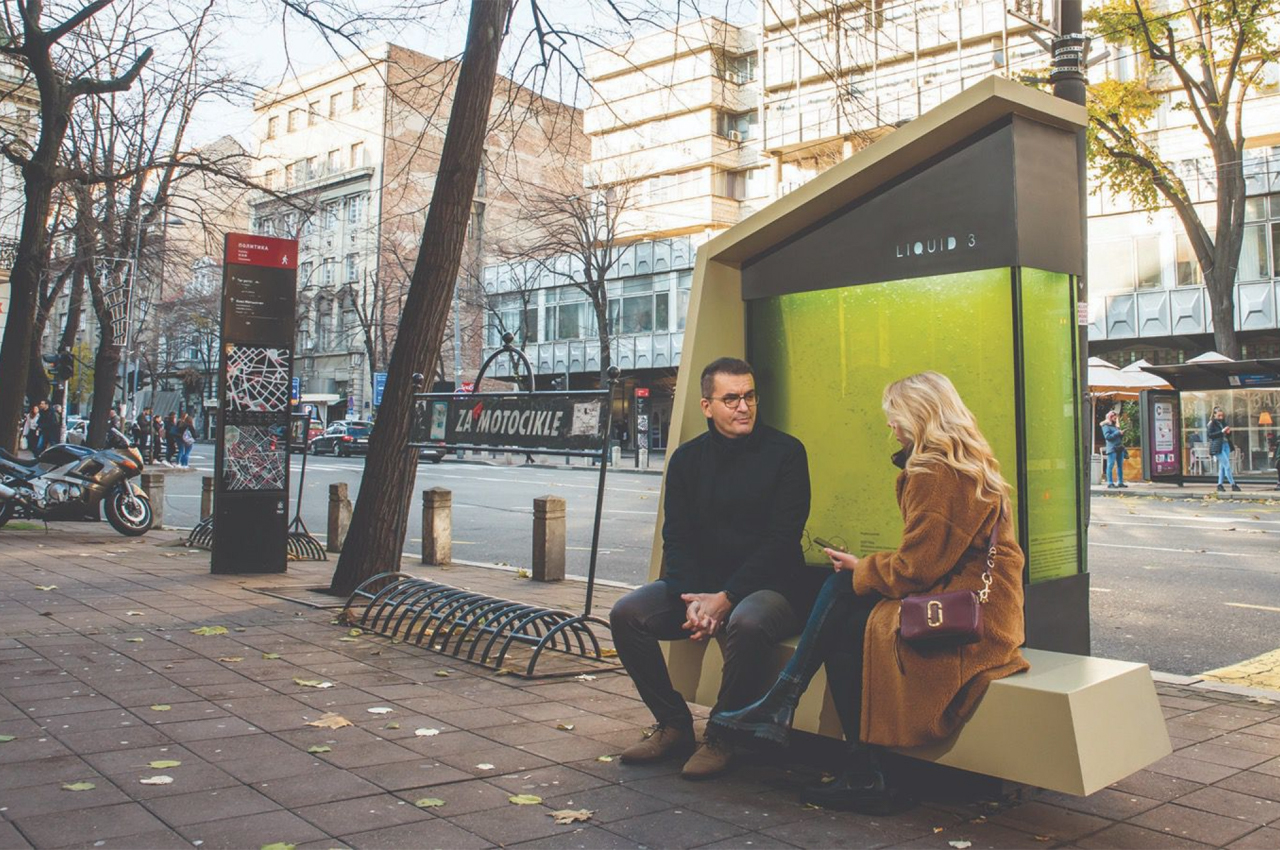
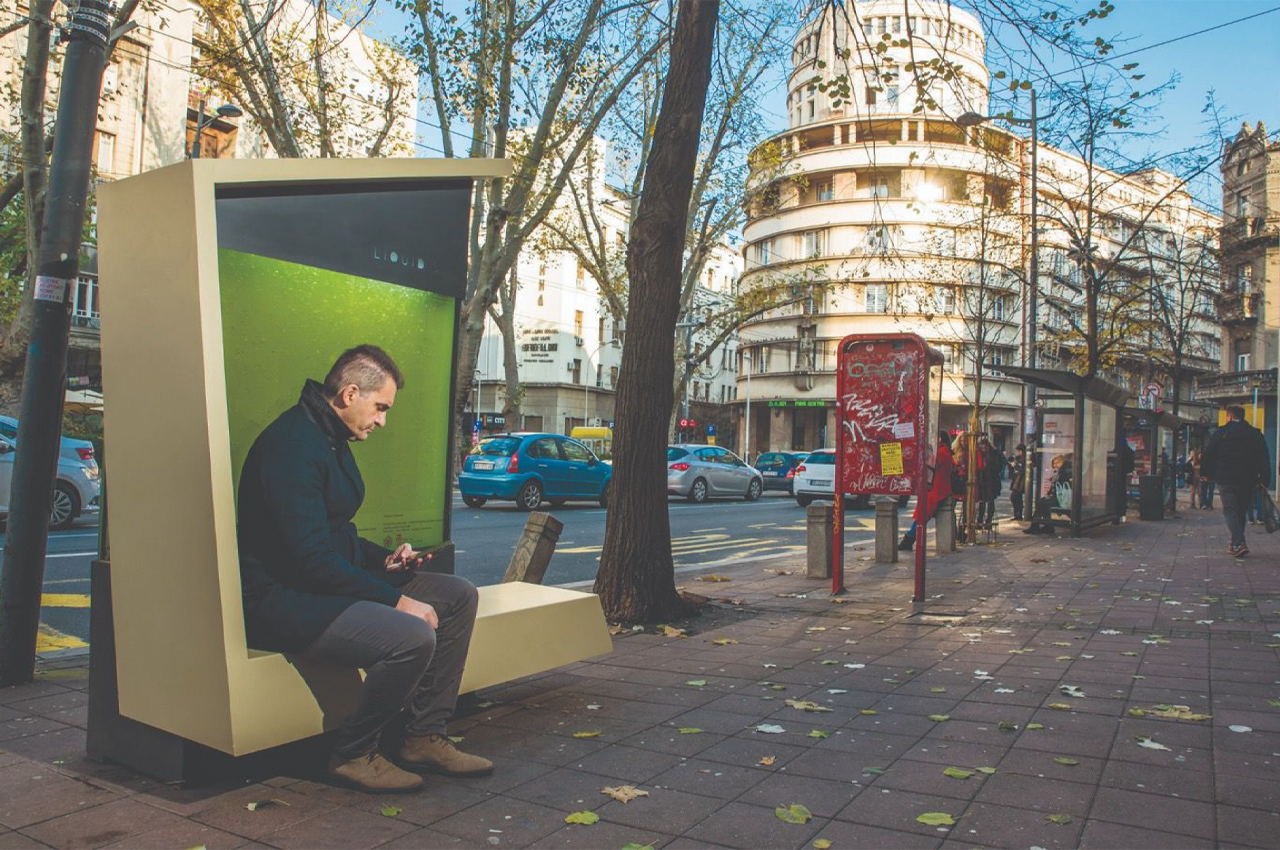
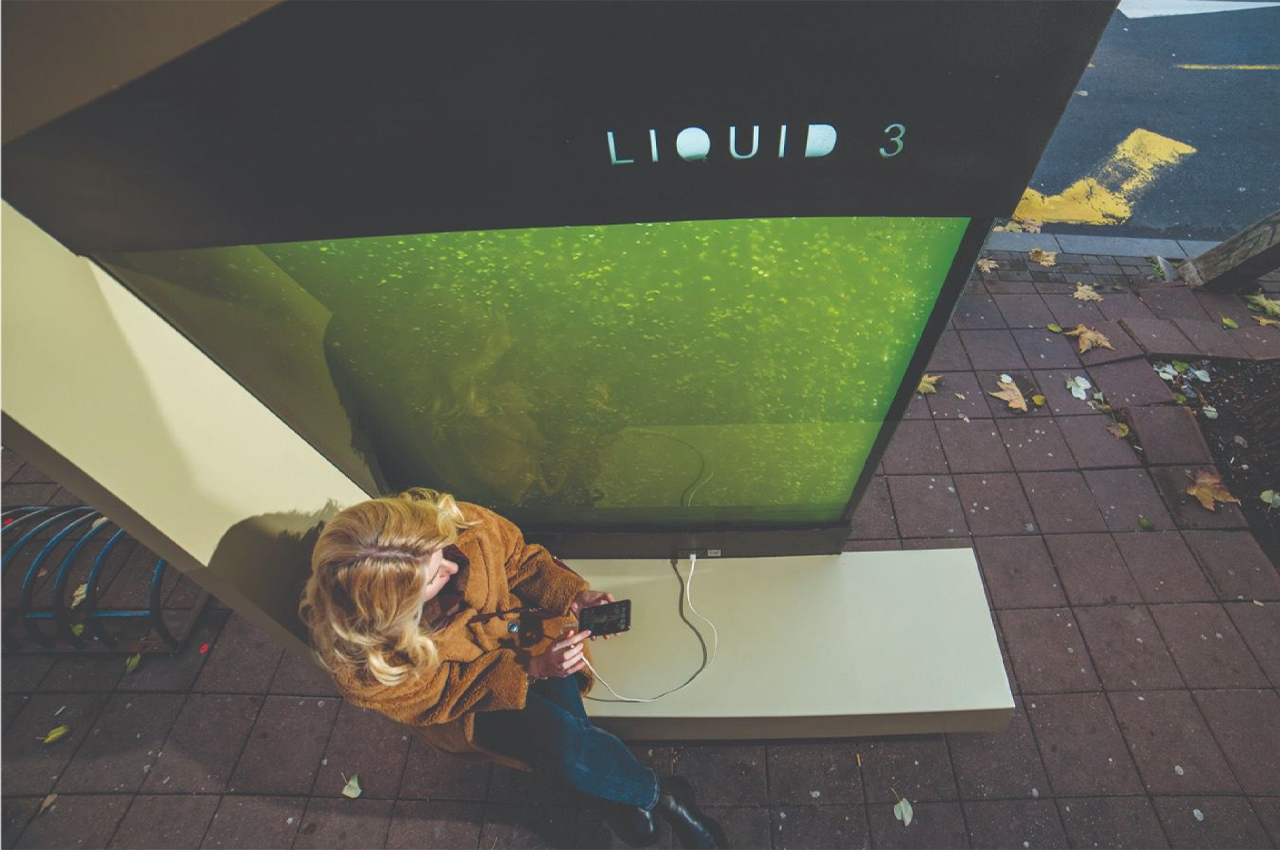
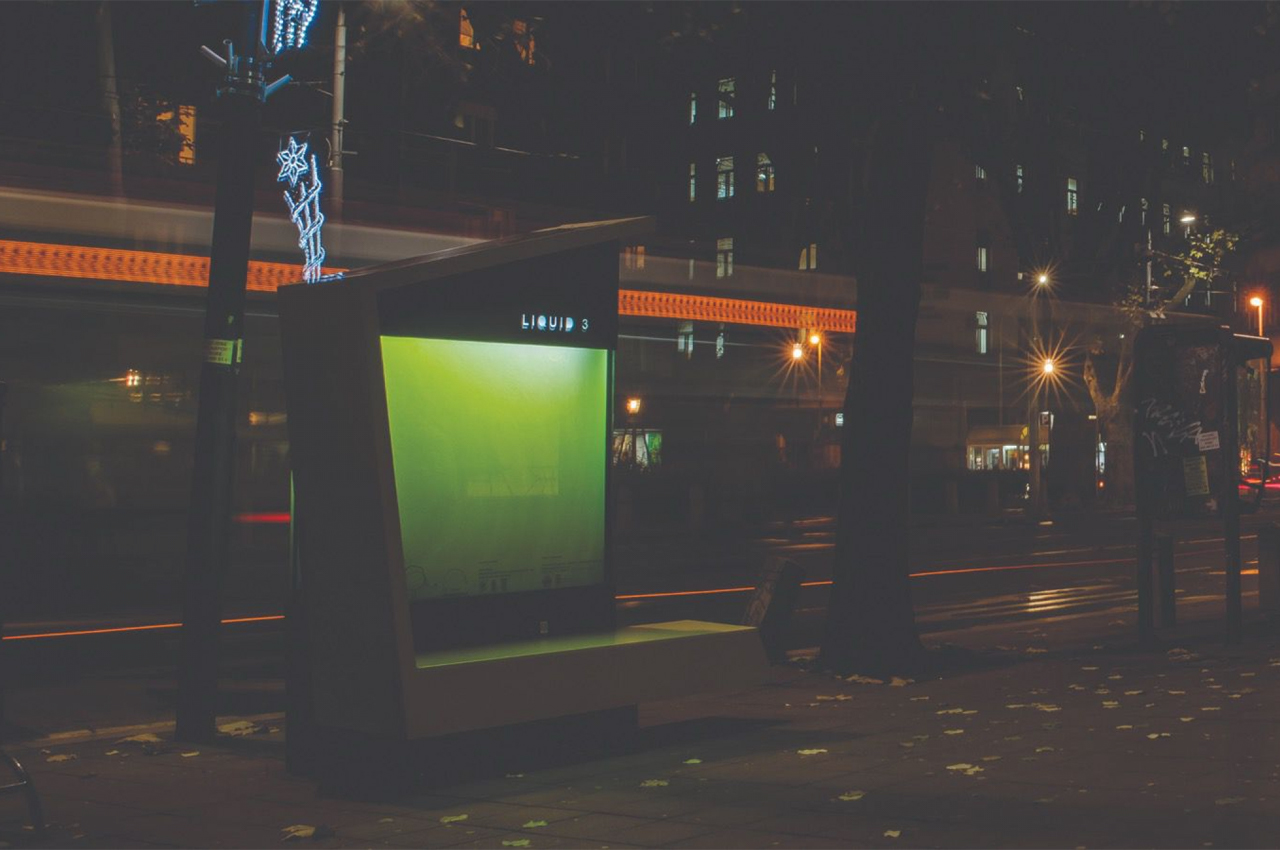
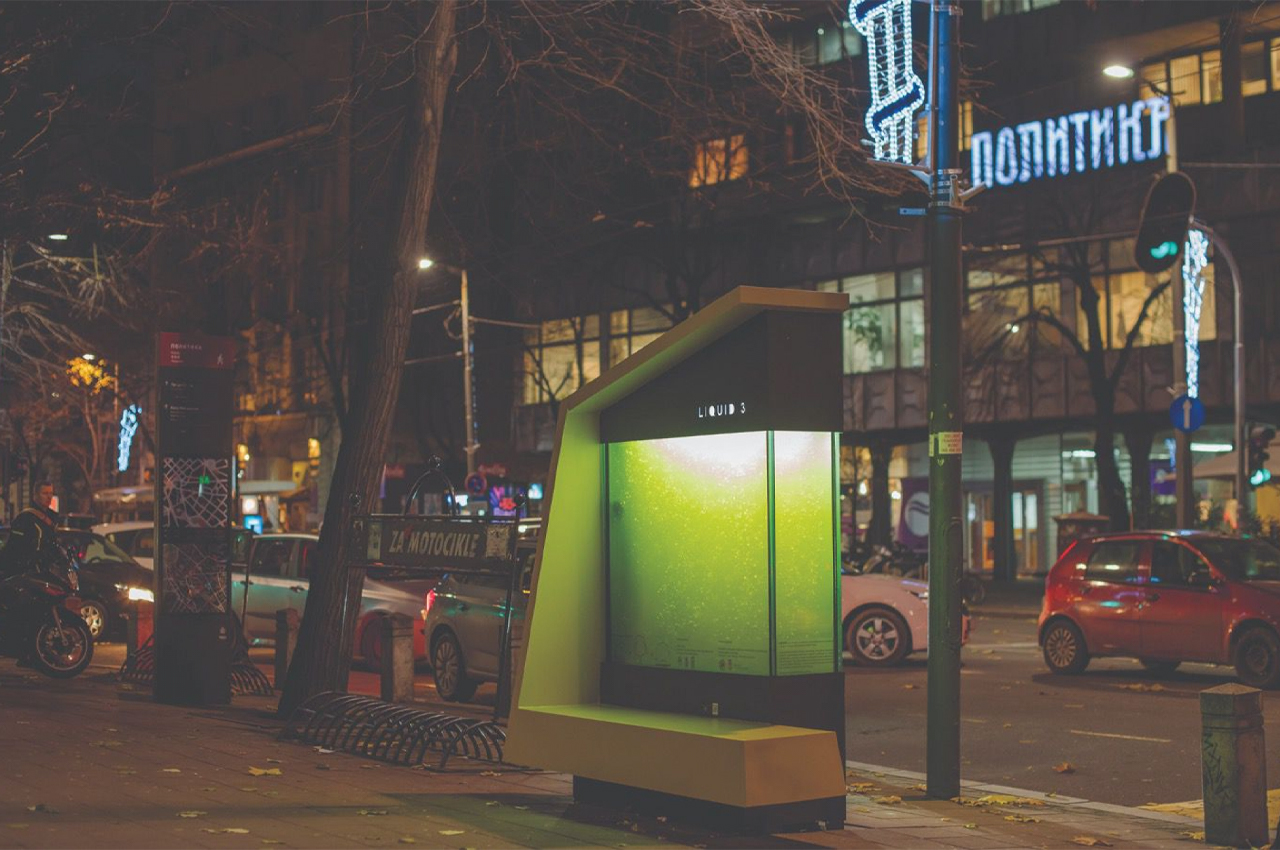
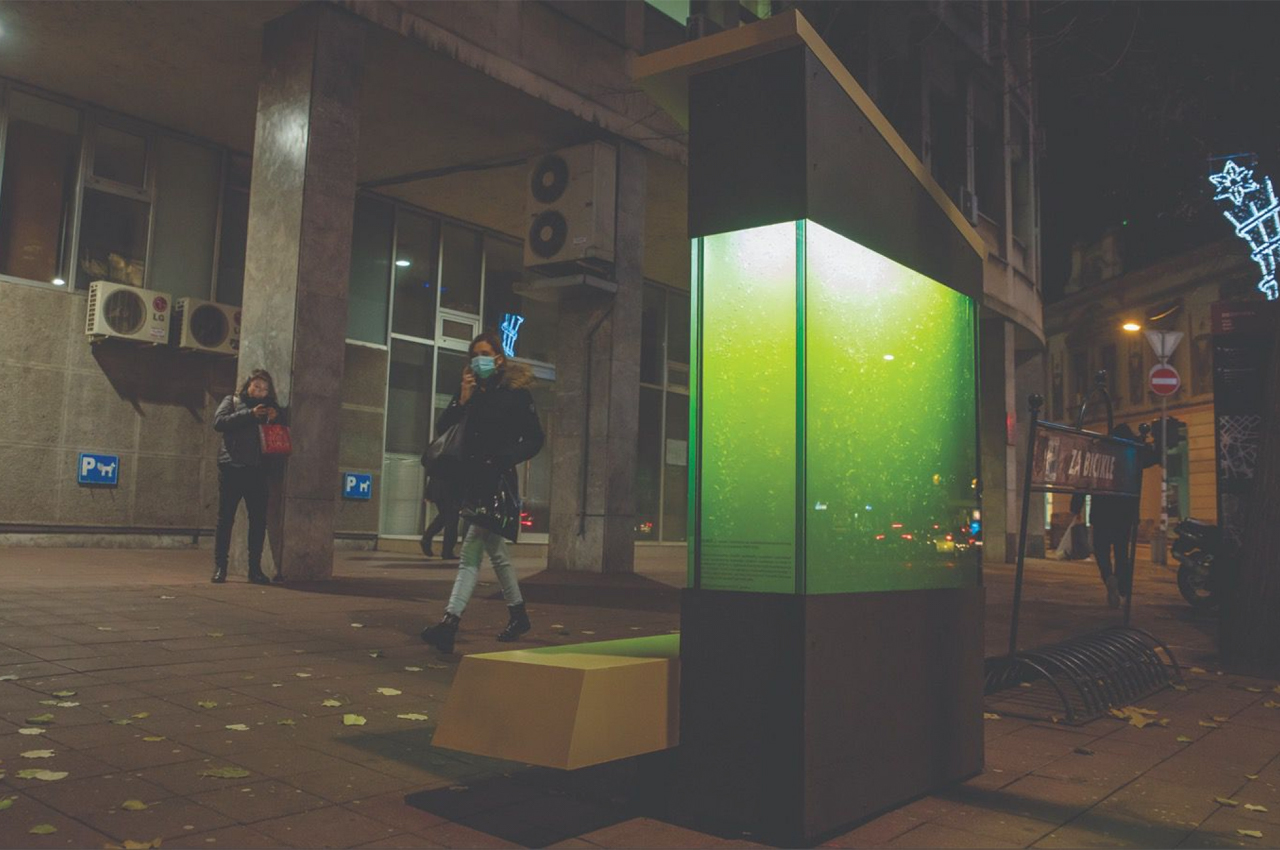
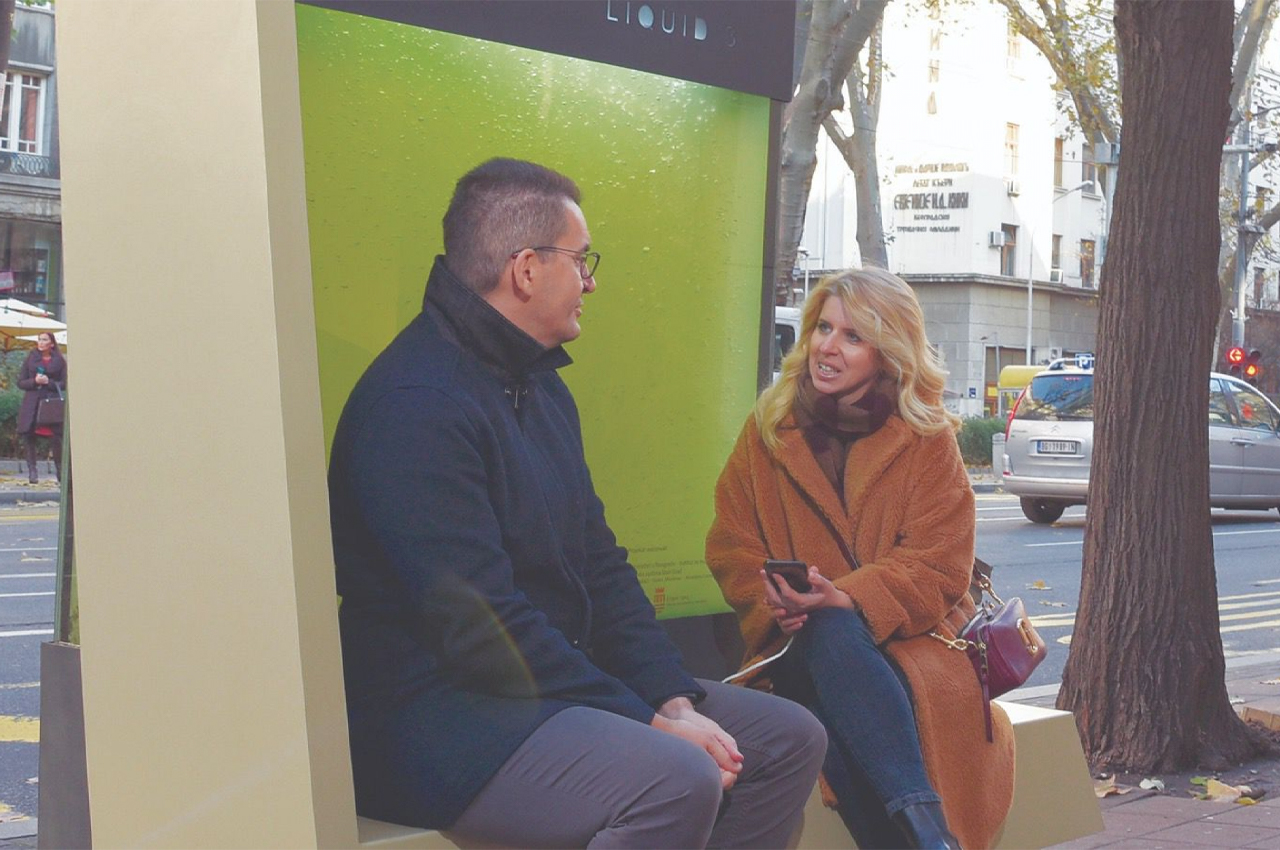
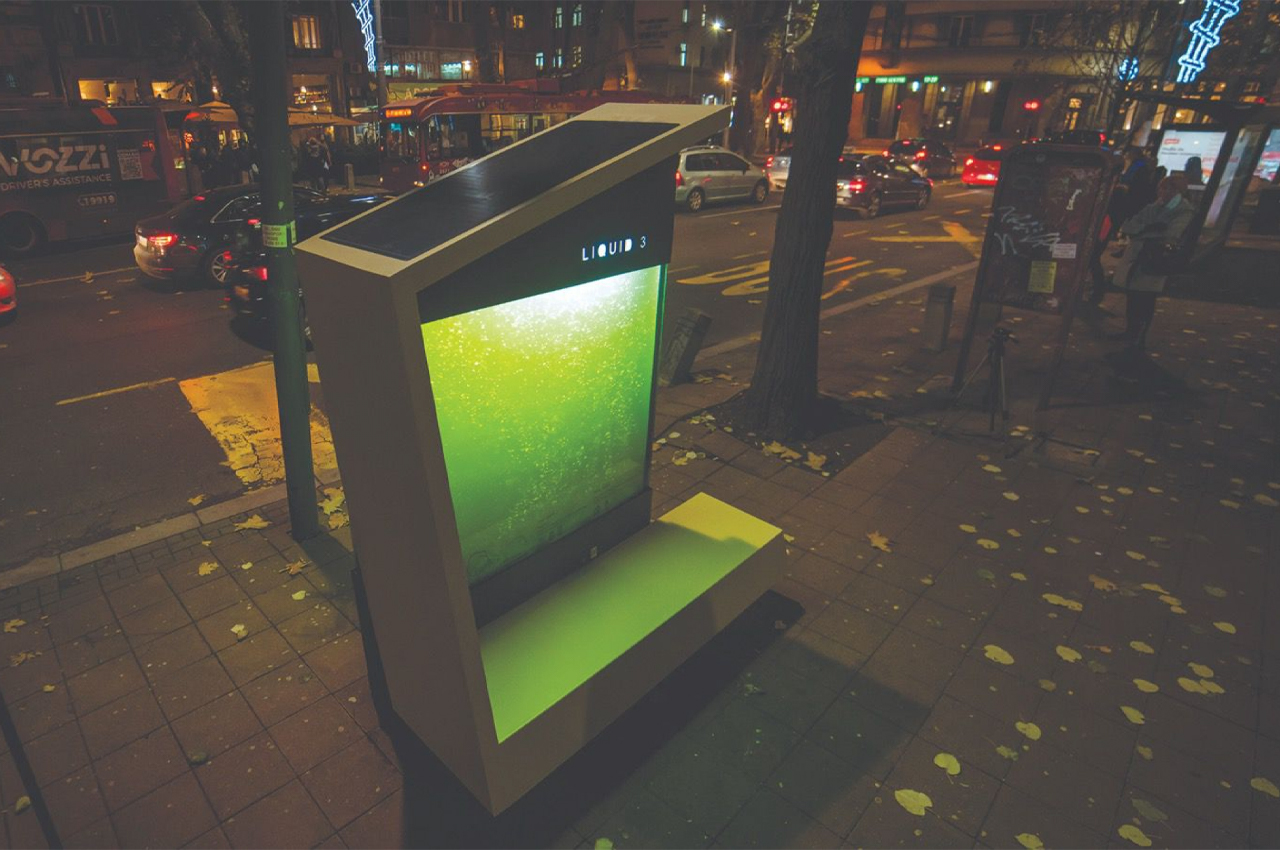
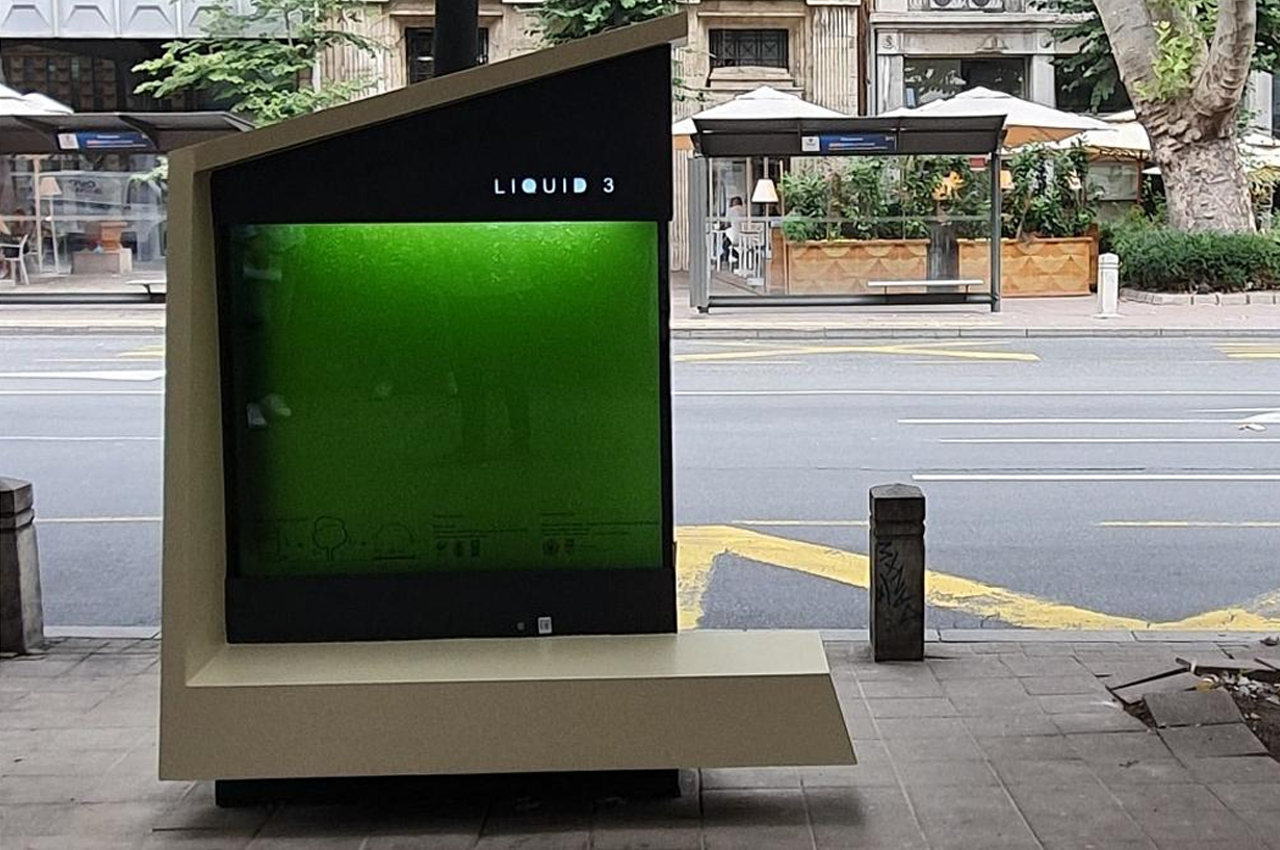
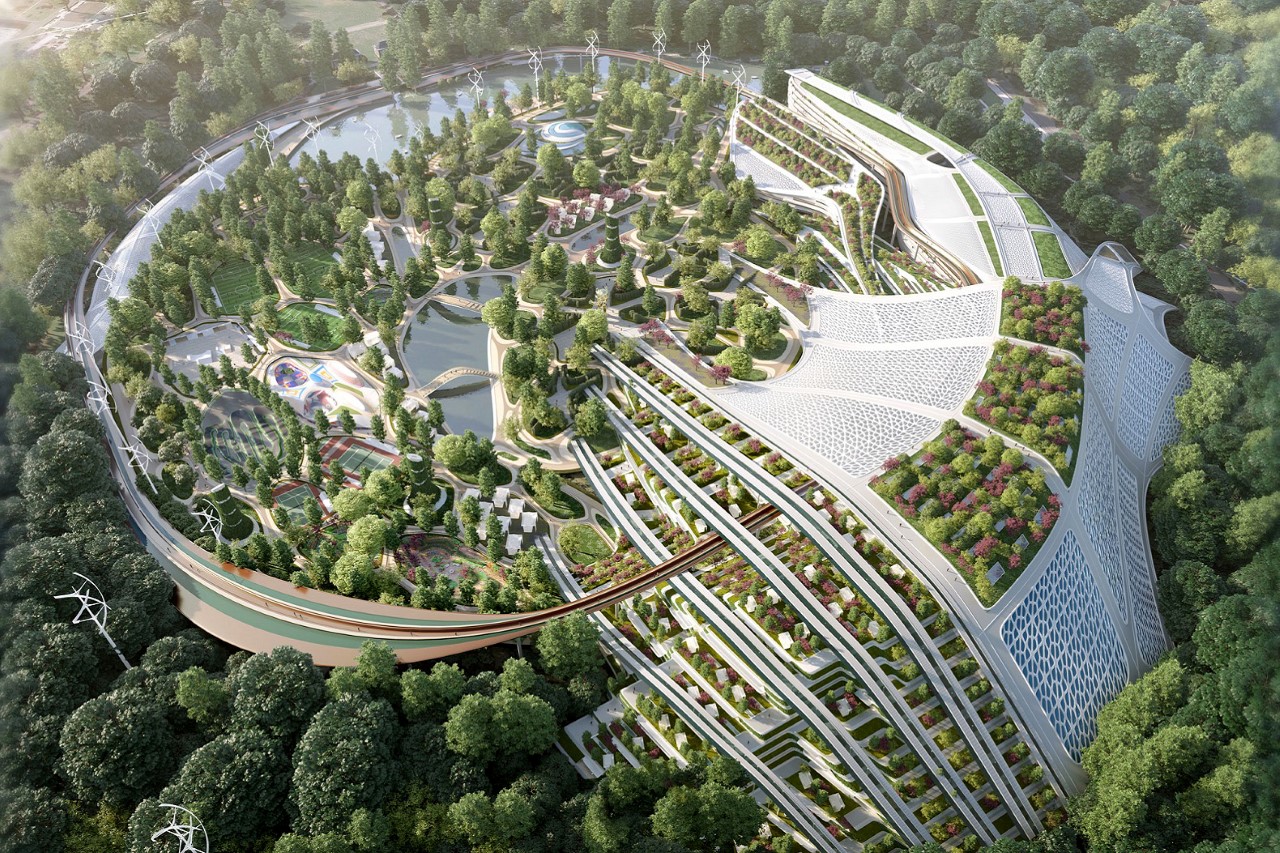
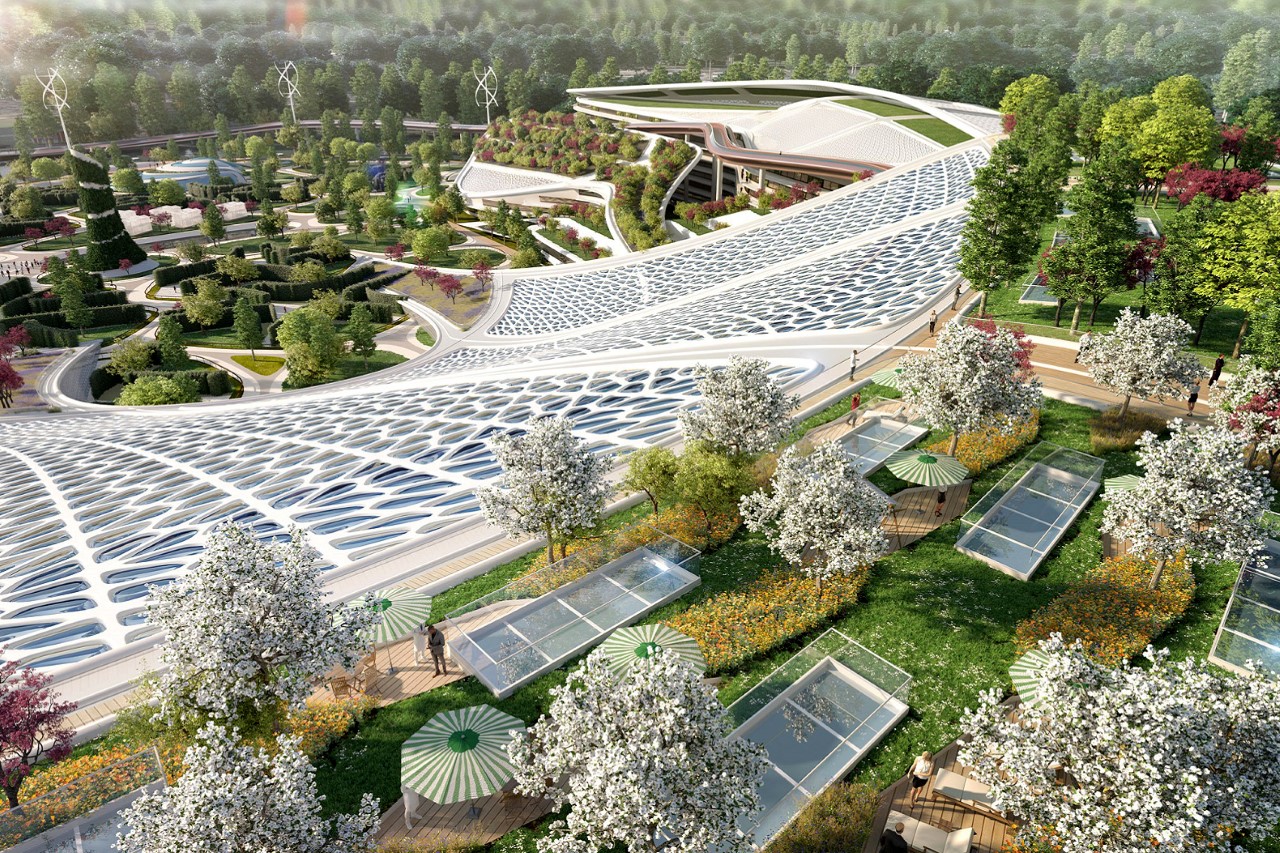
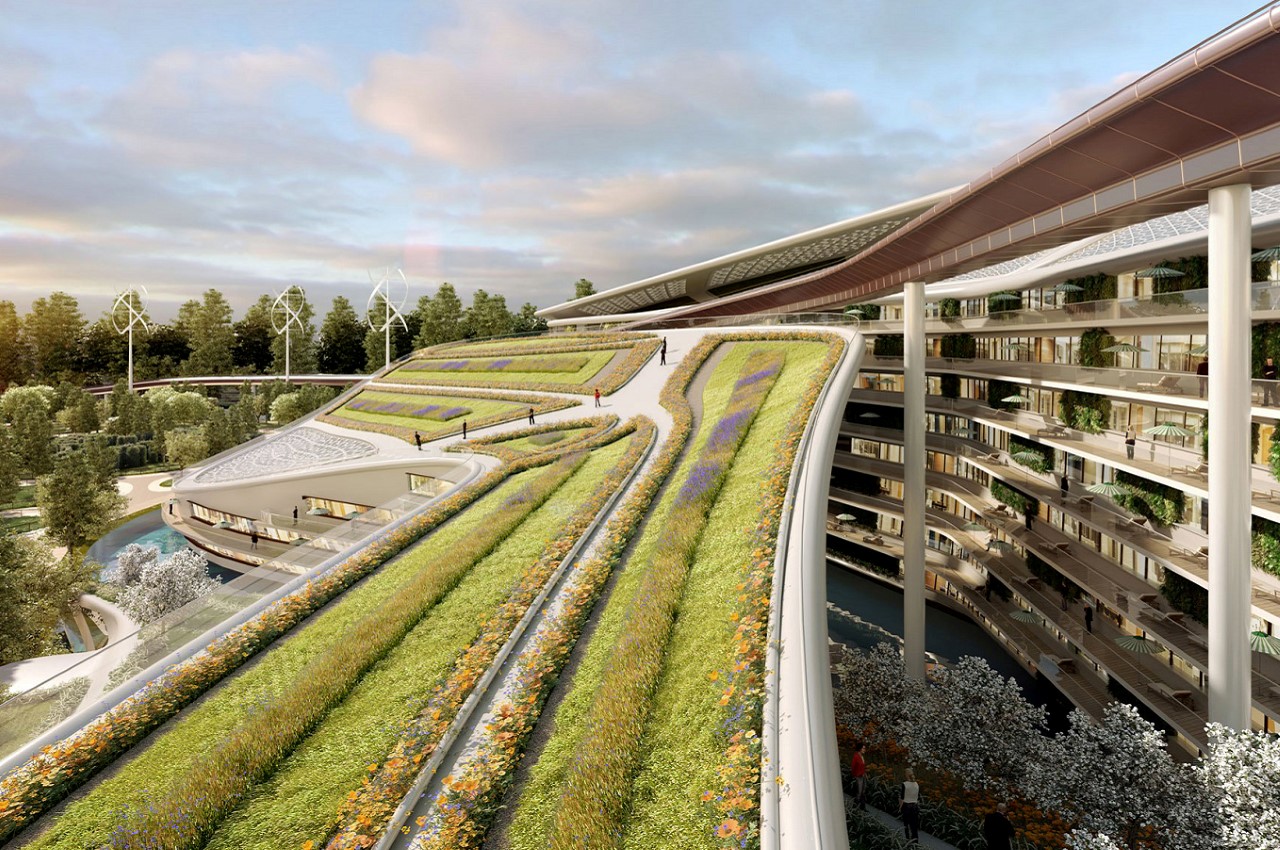
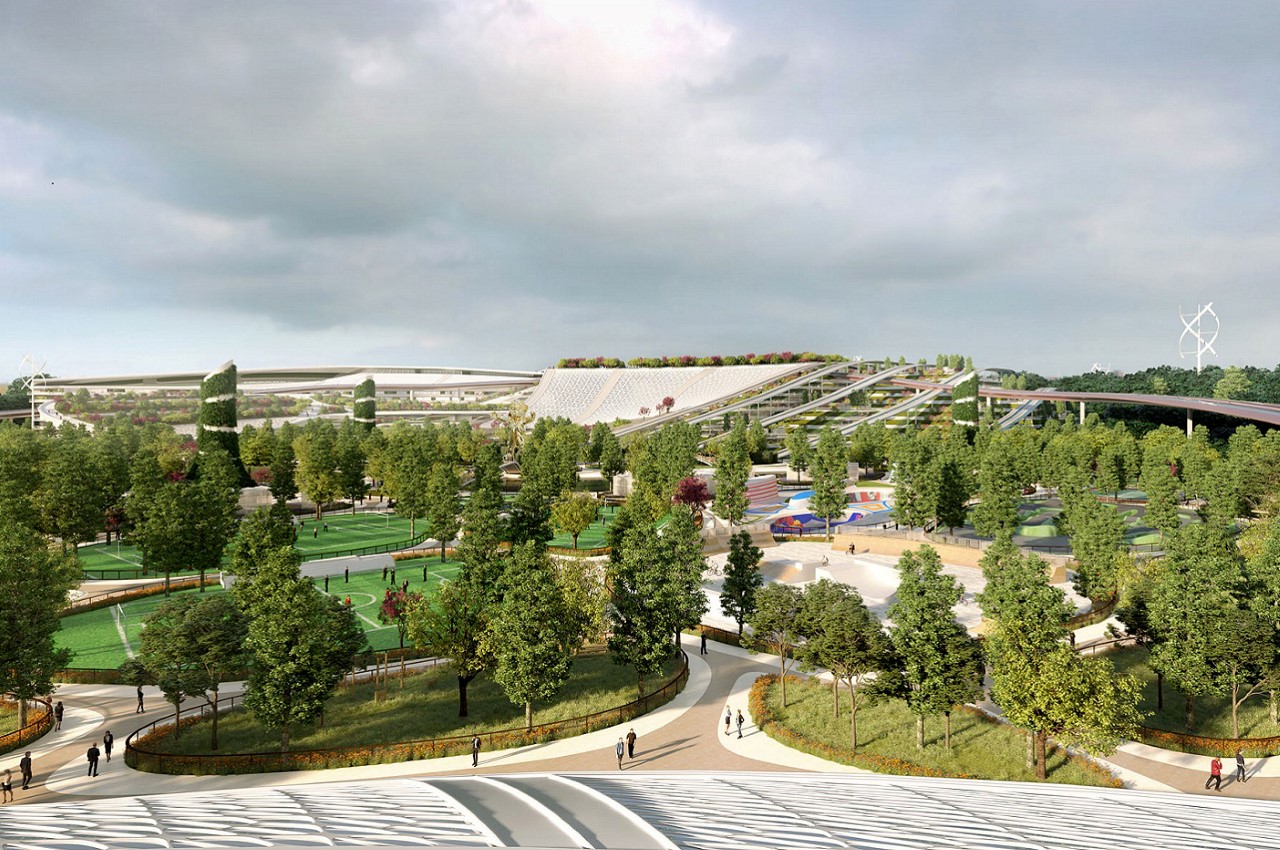
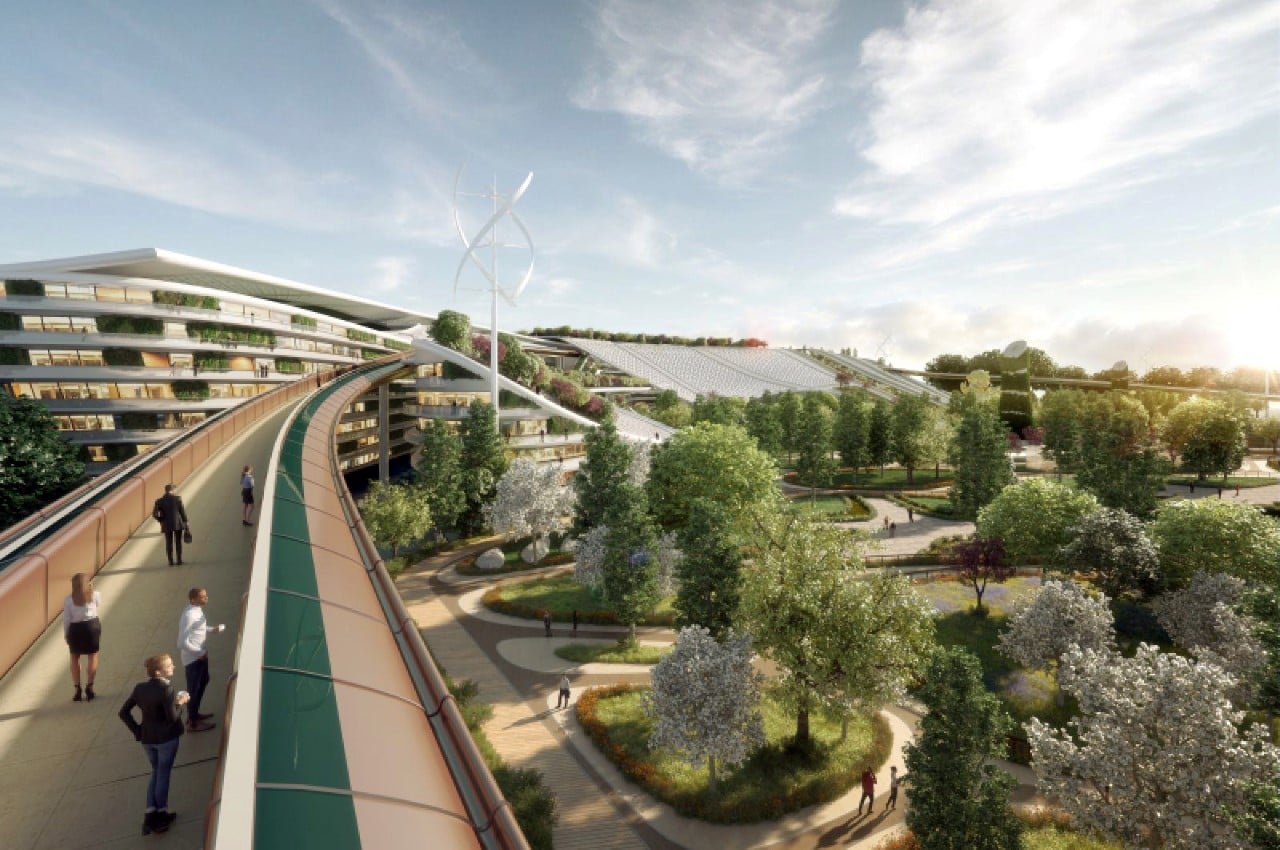
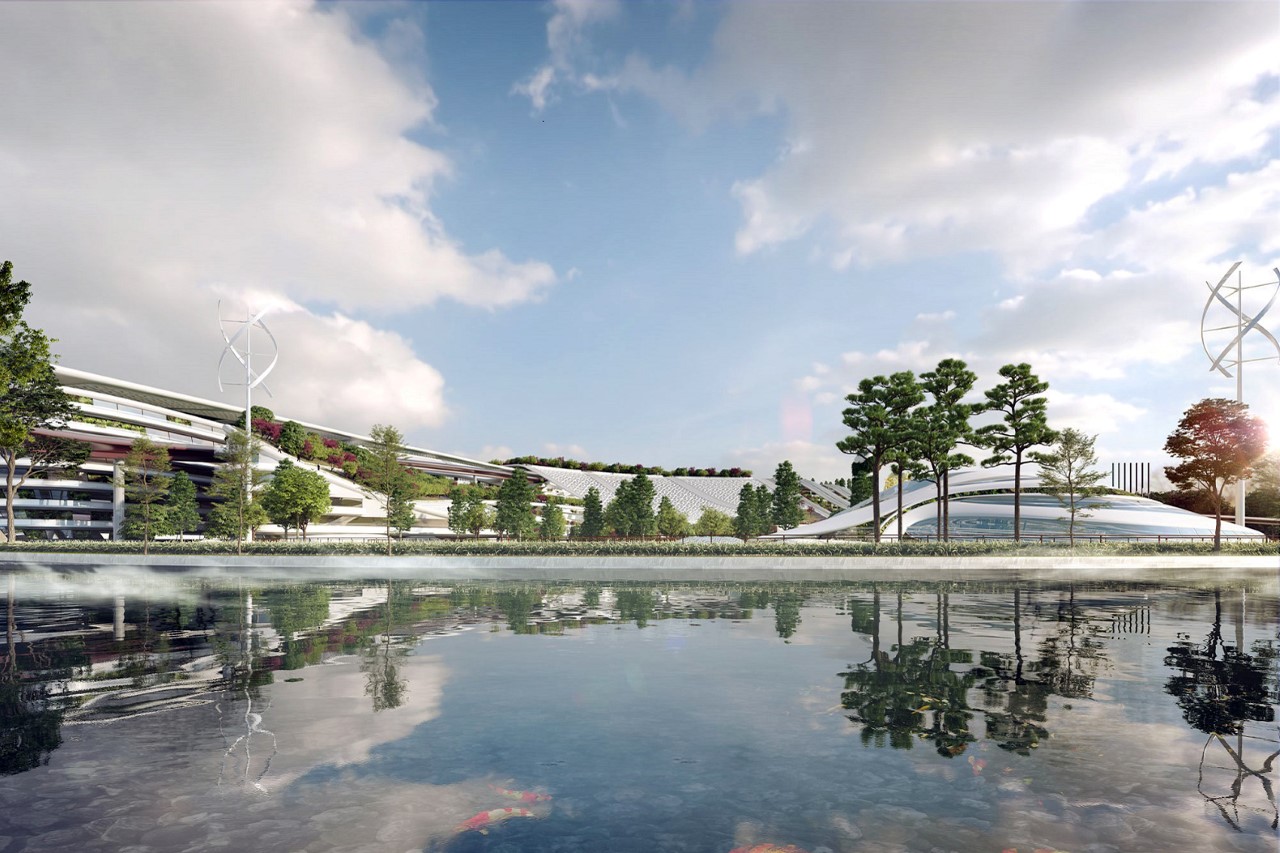
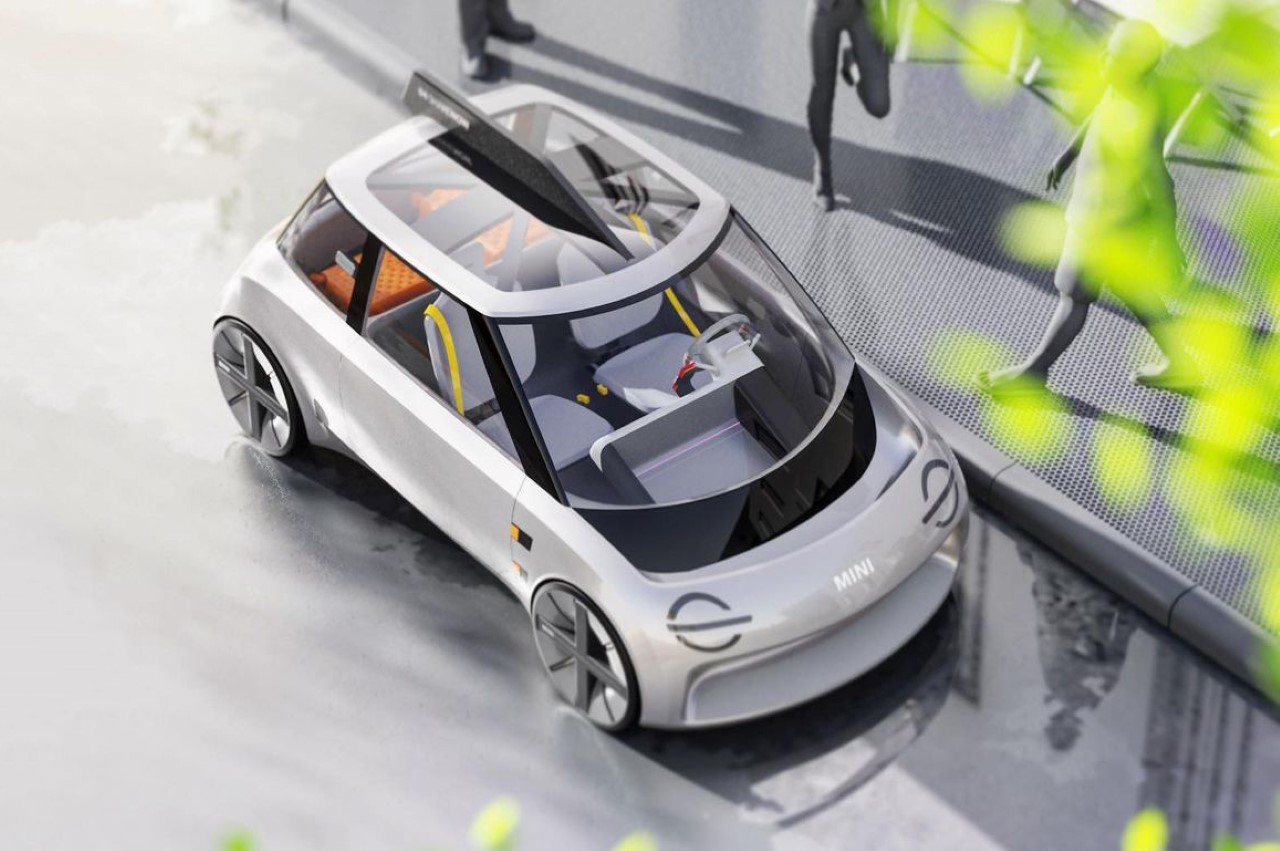
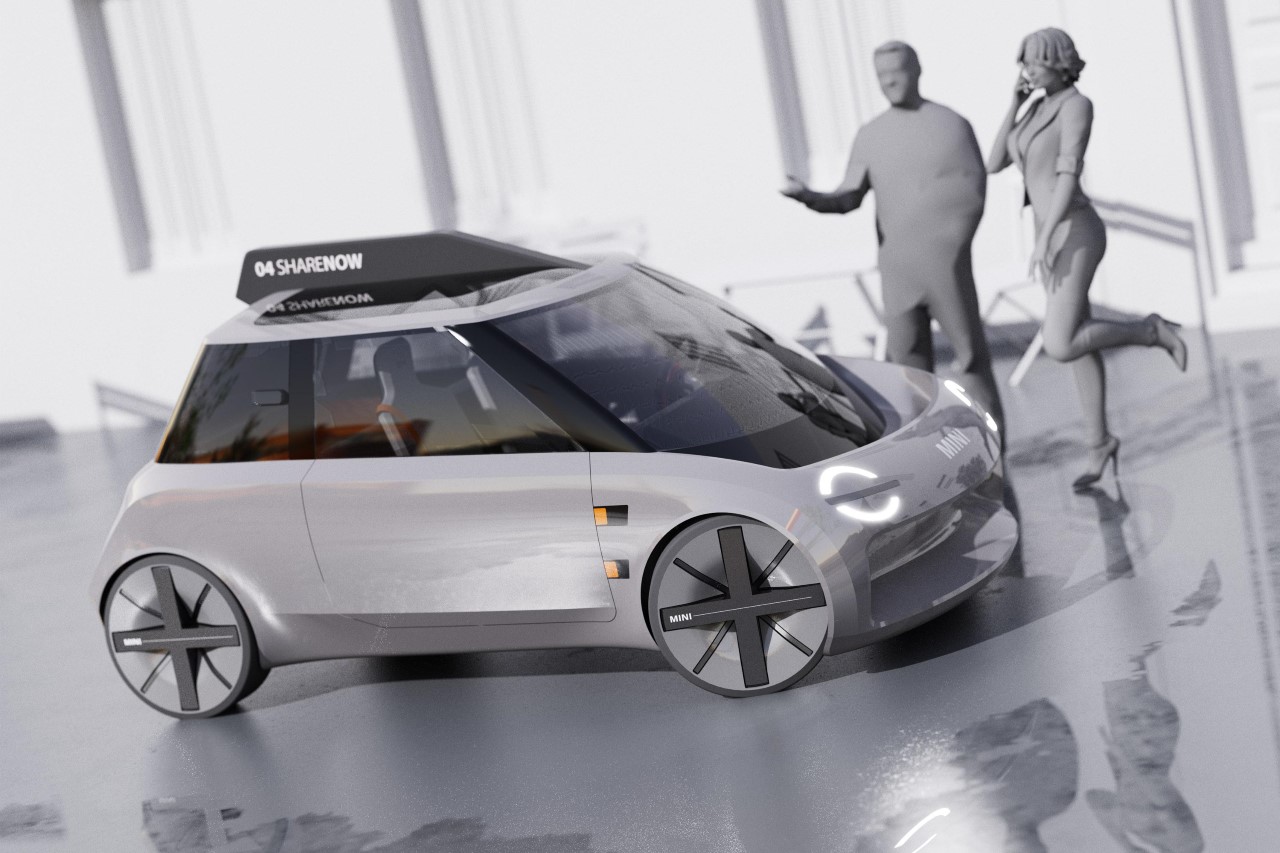
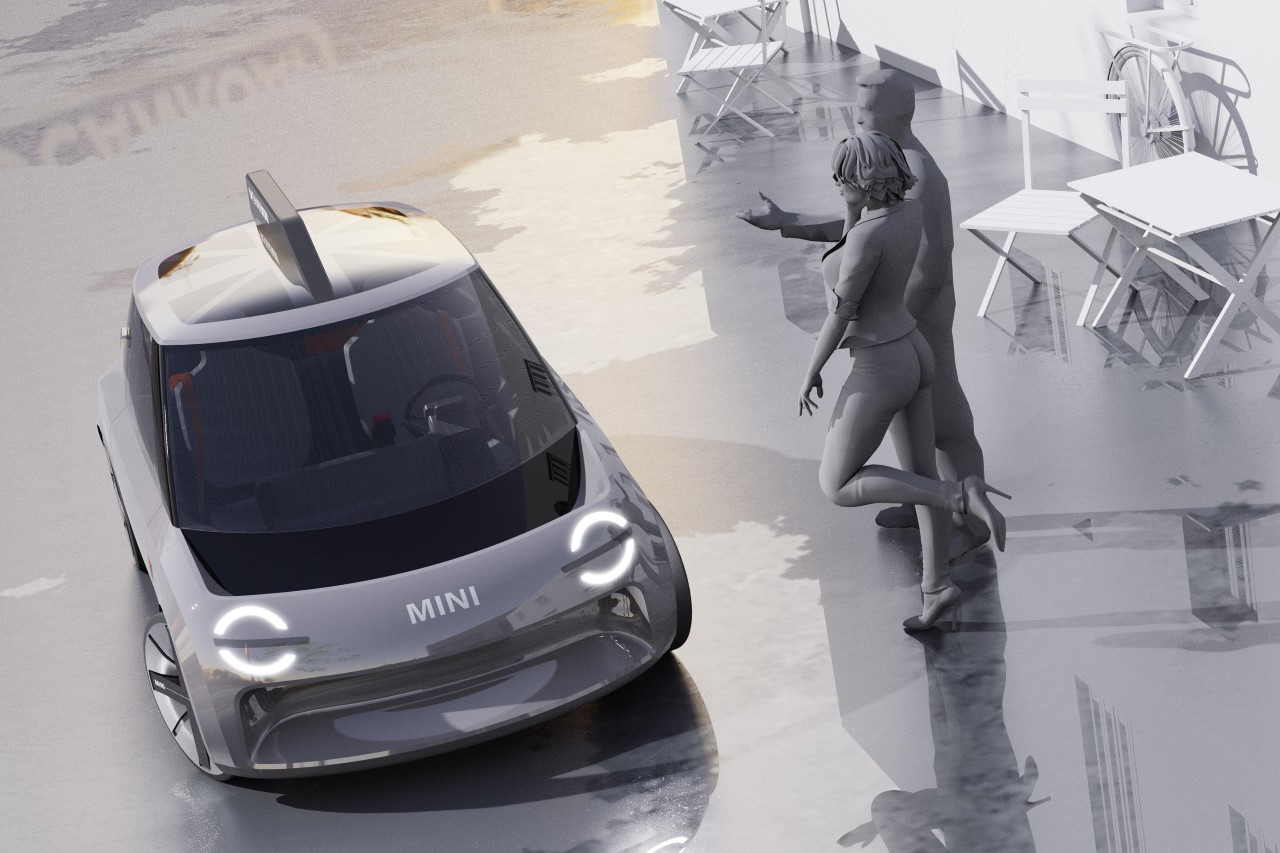
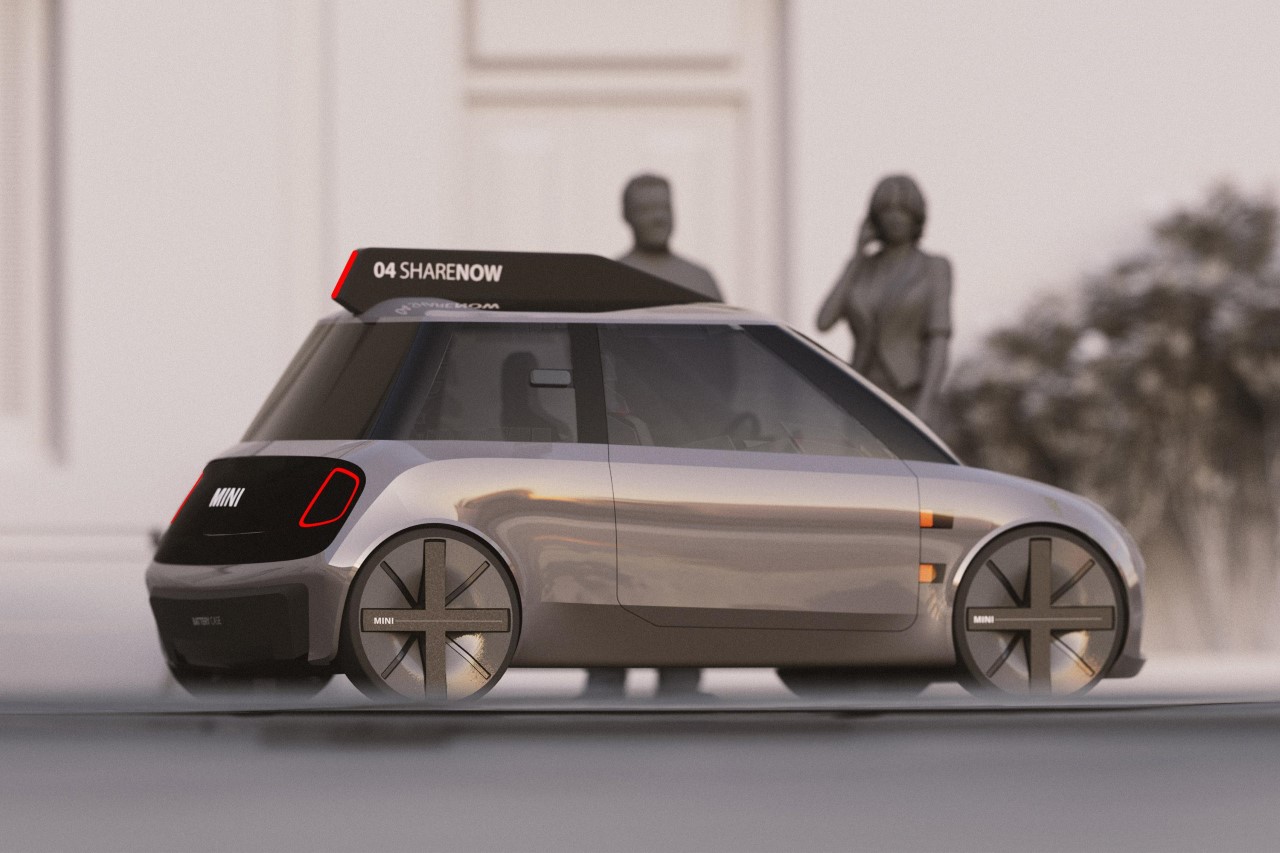
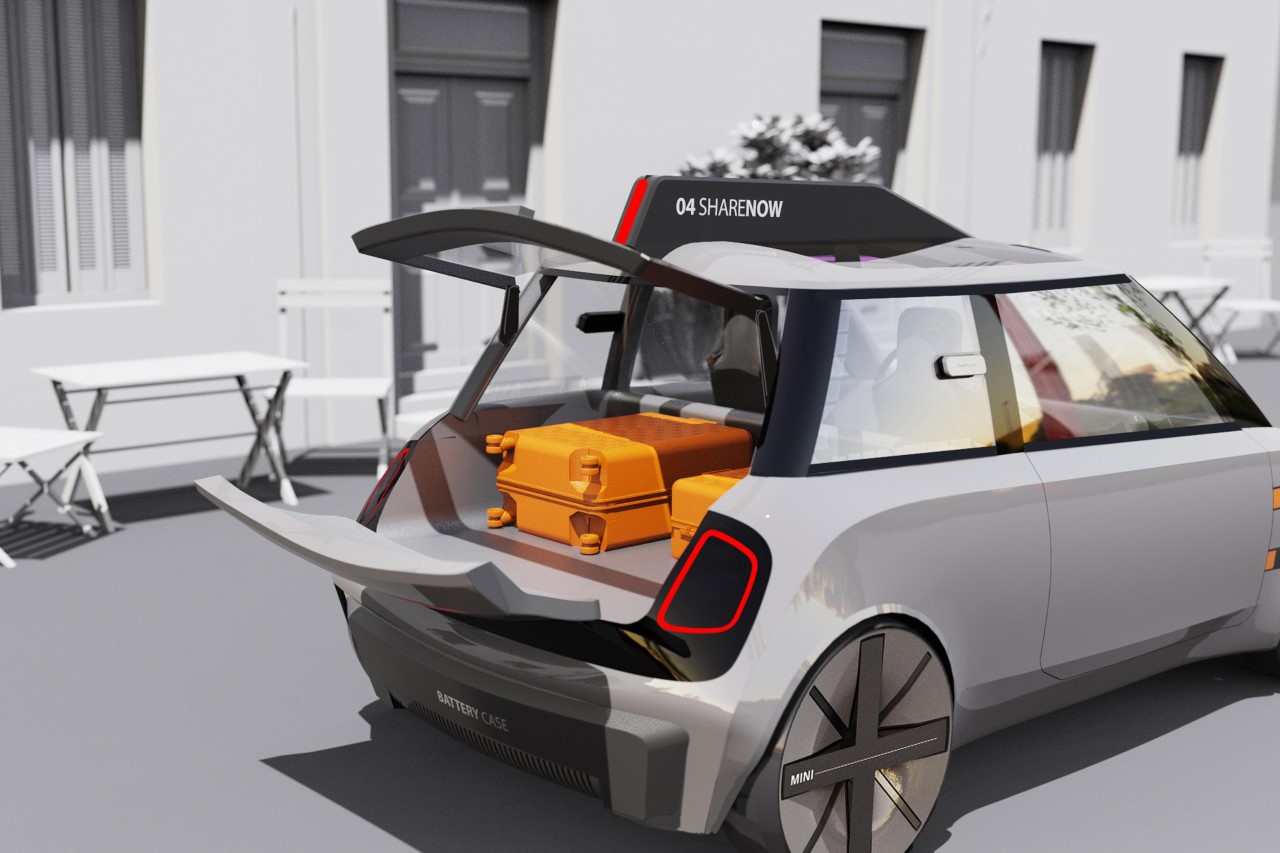
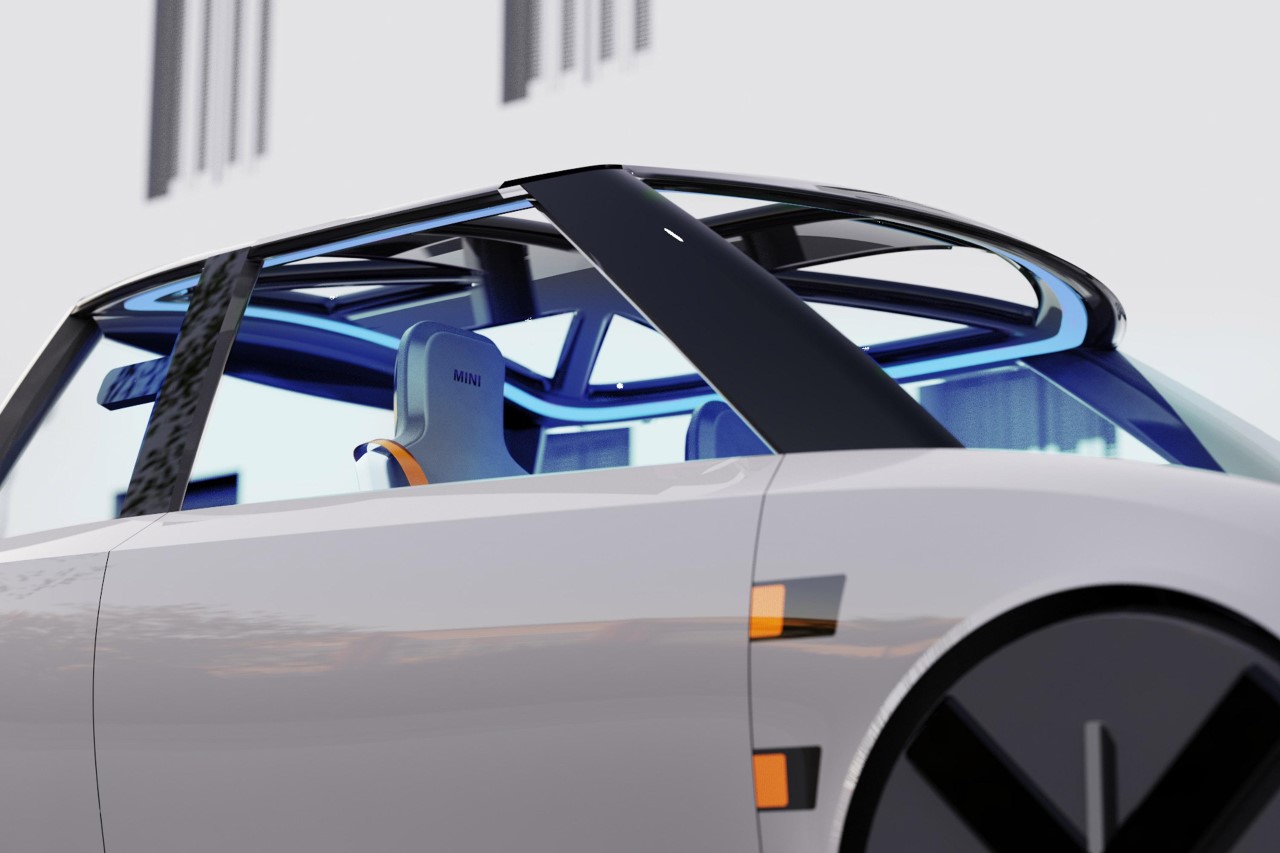
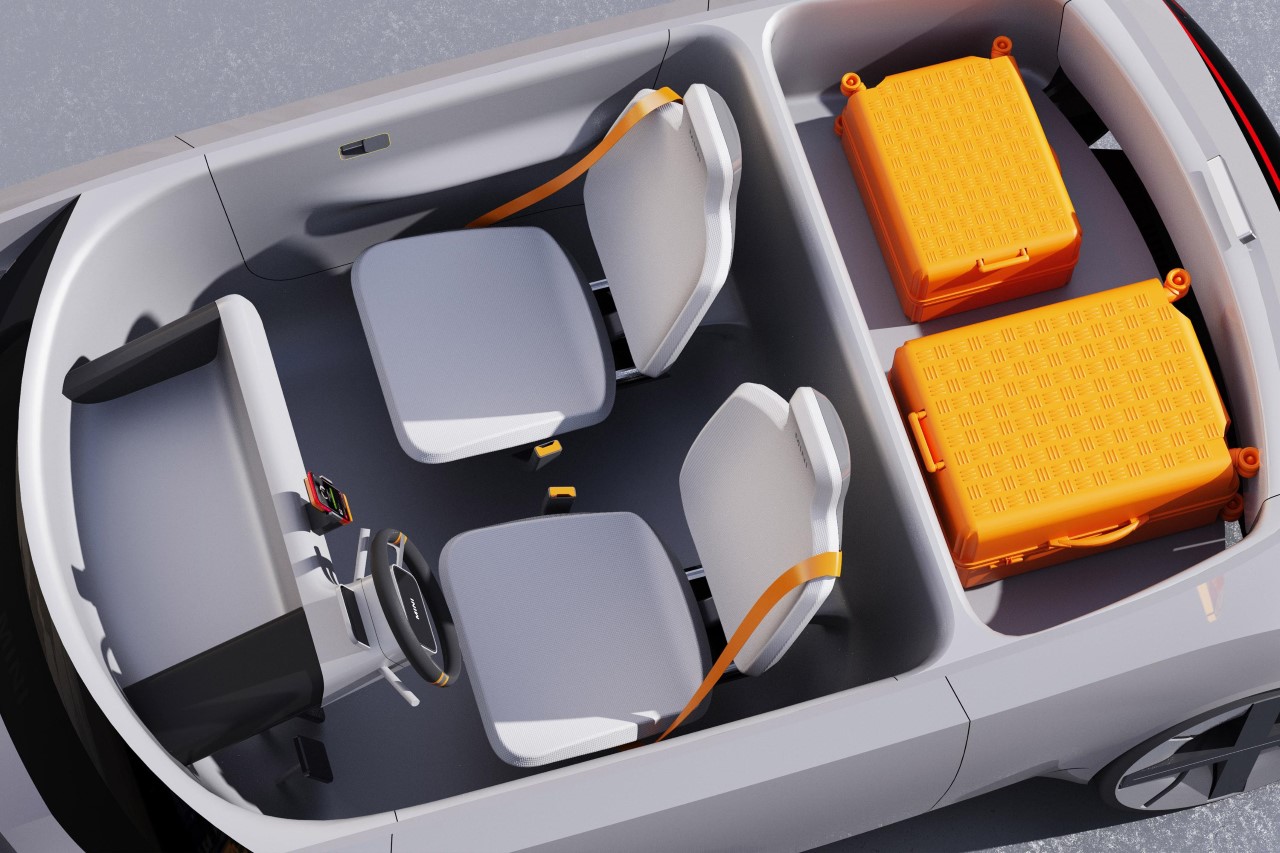
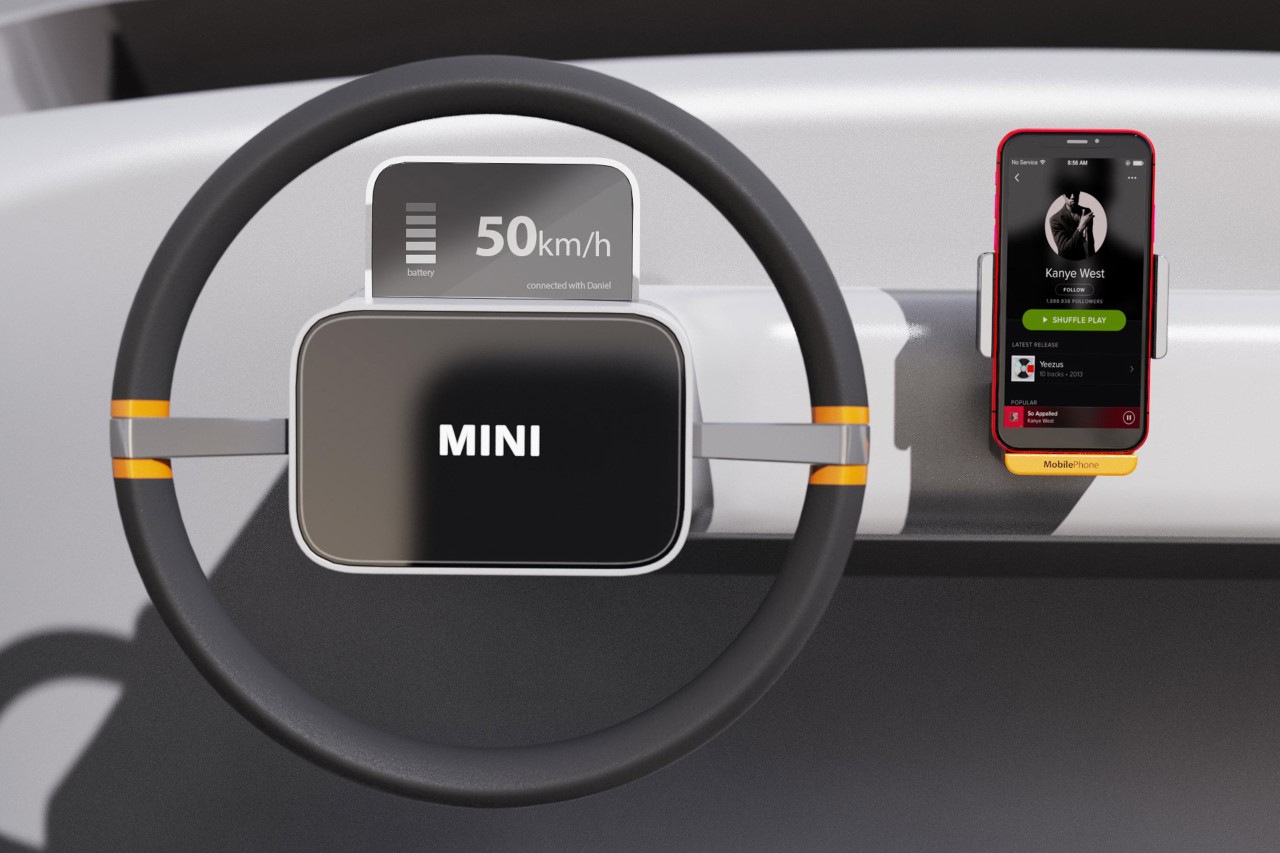
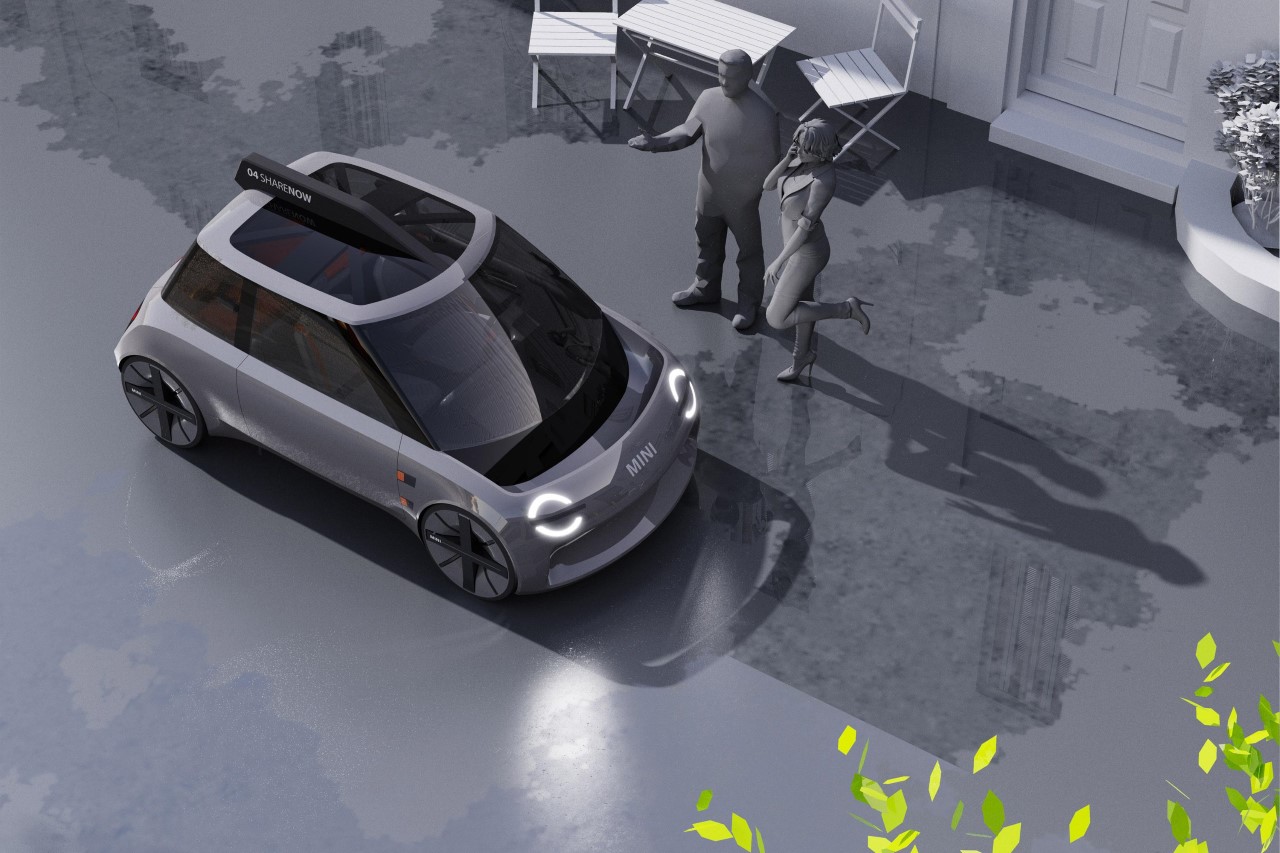
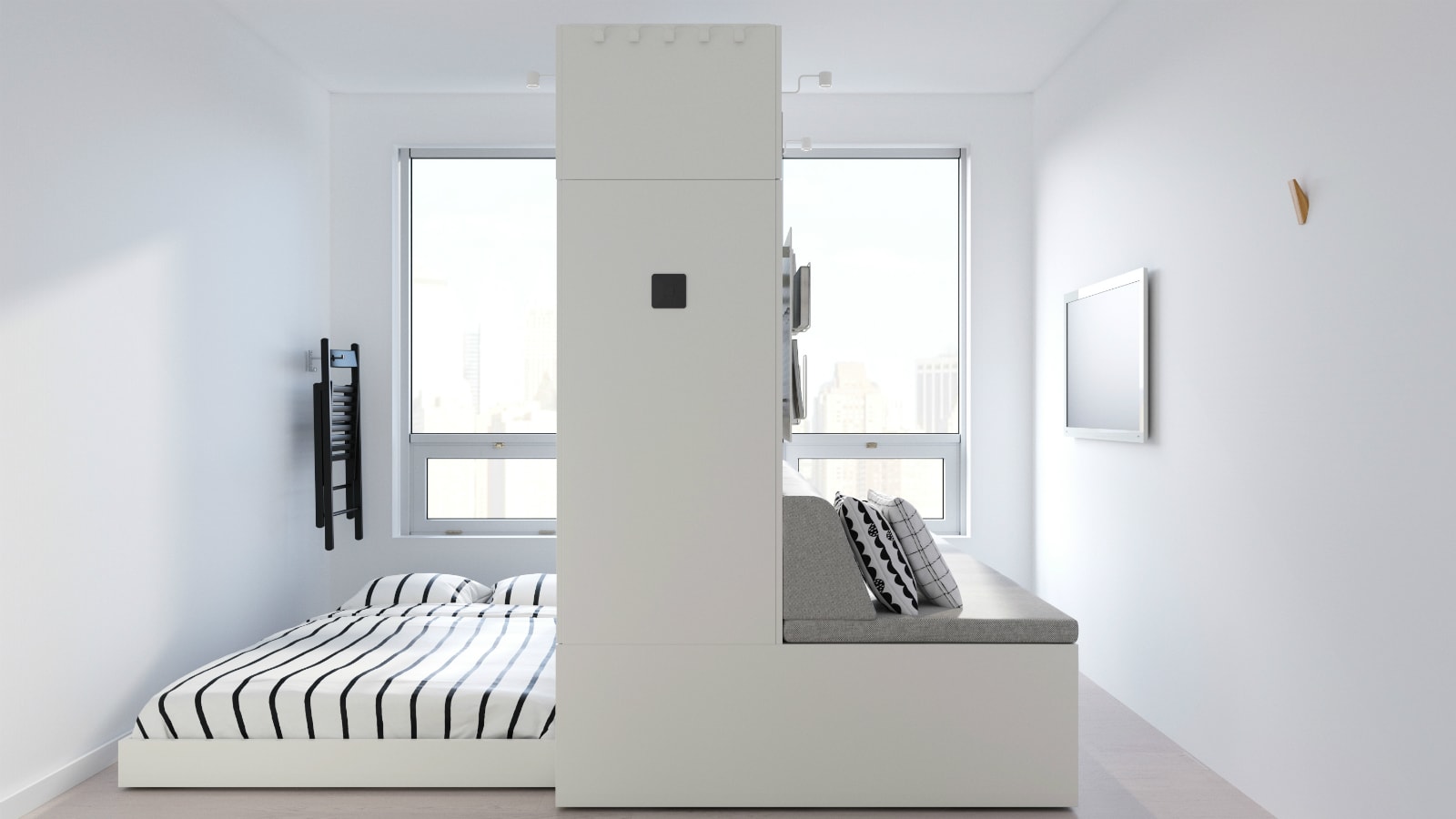 IKEA wants to "empower people to have big dreams for small homes." To do so, it's creating a line of robotic furniture. Today, the company announced that it's partnering with Ori, an American startup that develops robotic furniture meant to address t...
IKEA wants to "empower people to have big dreams for small homes." To do so, it's creating a line of robotic furniture. Today, the company announced that it's partnering with Ori, an American startup that develops robotic furniture meant to address t...
 It's a well-known fact that large swathes of the US remain without broadband connectivity -- indeed, some $22 billion has been poured into closing this gap over the past five years. However, exactly how many Americans are going without is up for deba...
It's a well-known fact that large swathes of the US remain without broadband connectivity -- indeed, some $22 billion has been poured into closing this gap over the past five years. However, exactly how many Americans are going without is up for deba...
